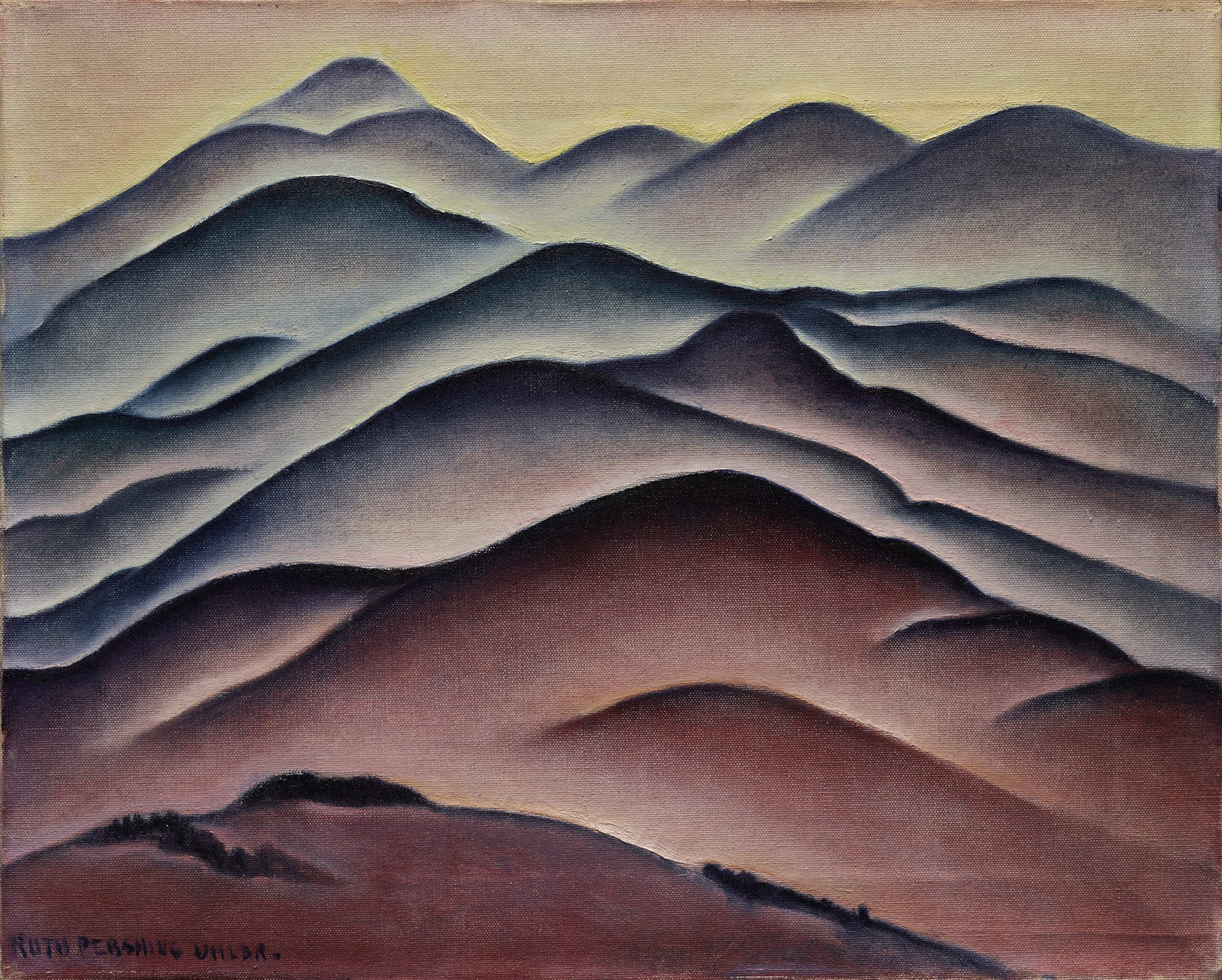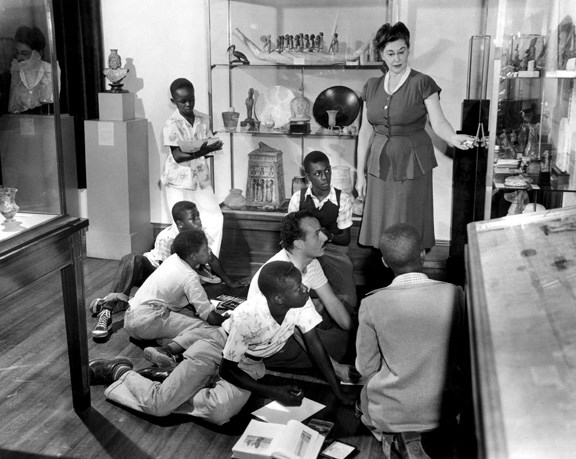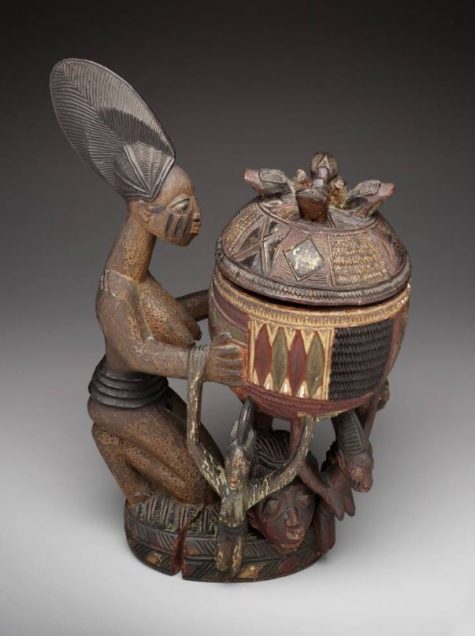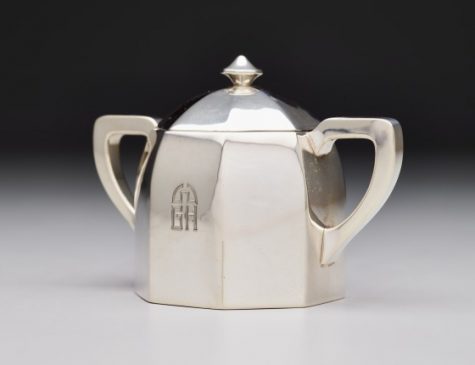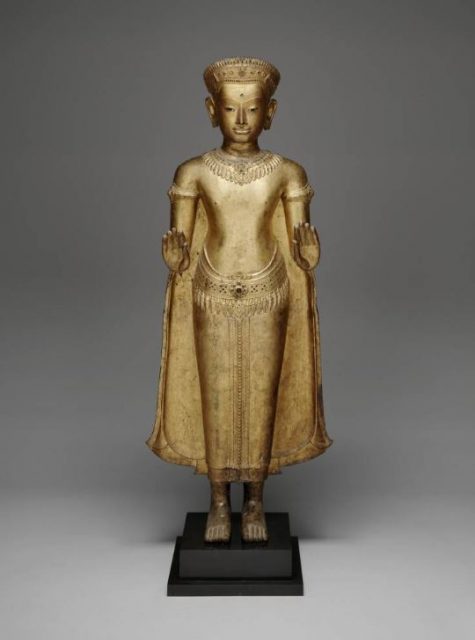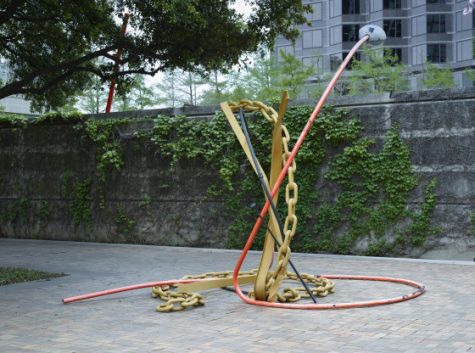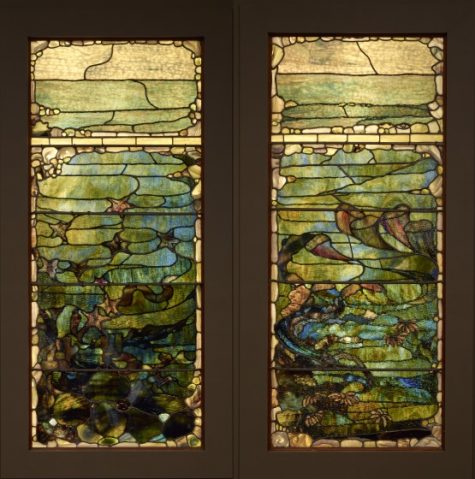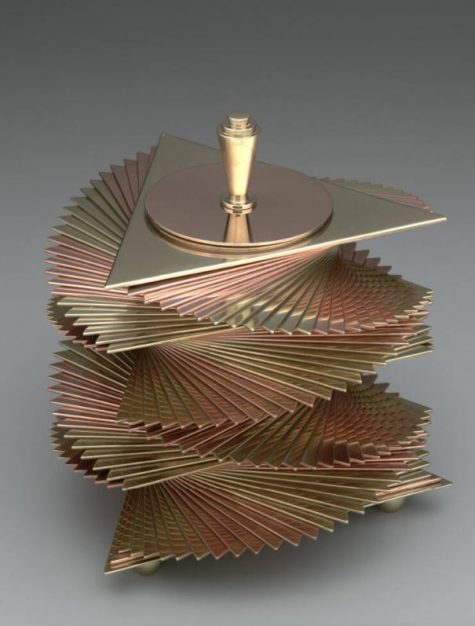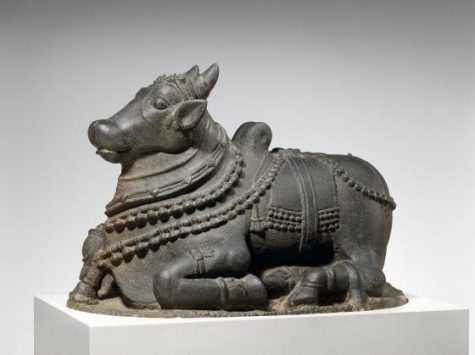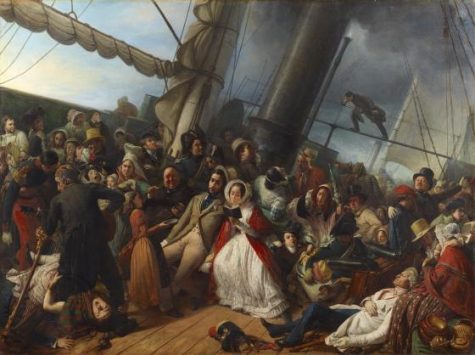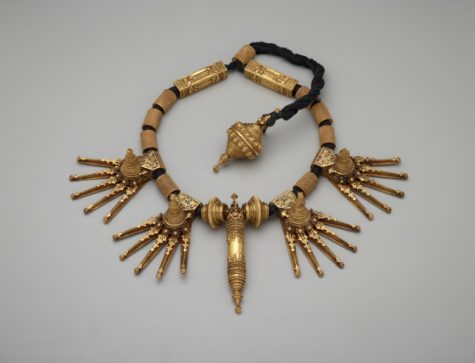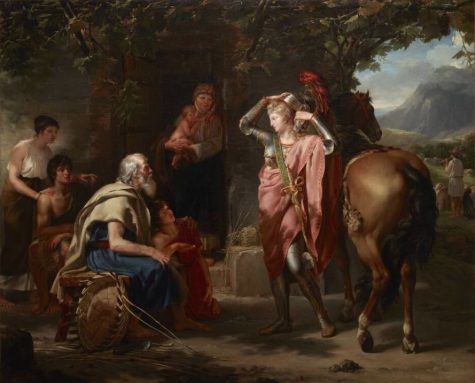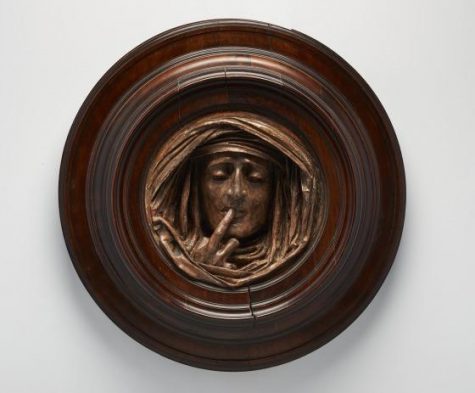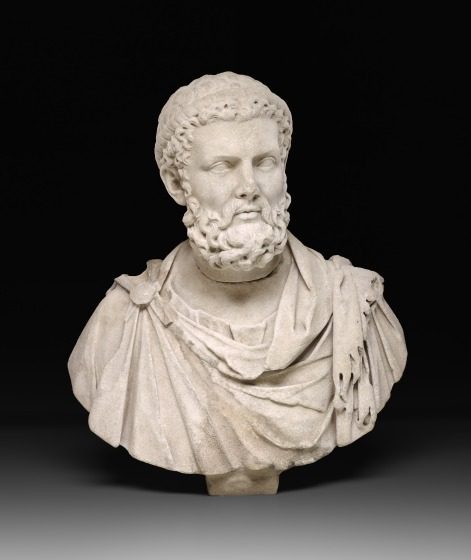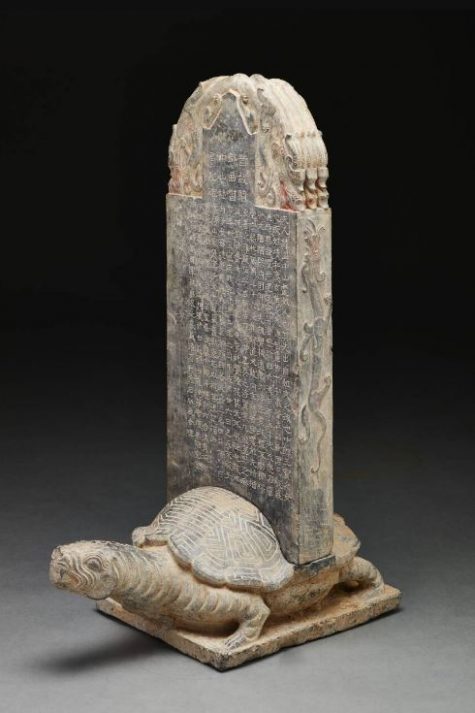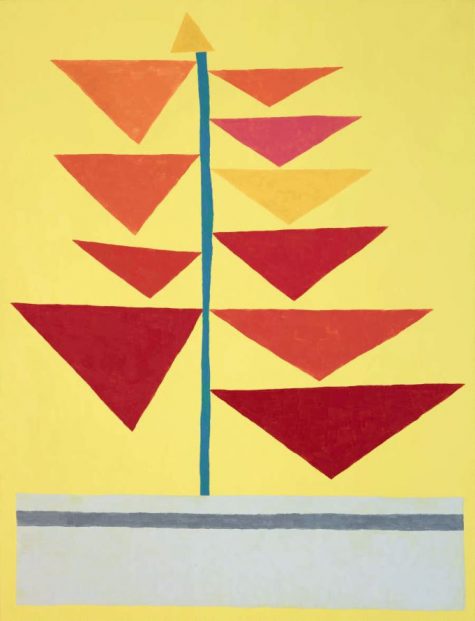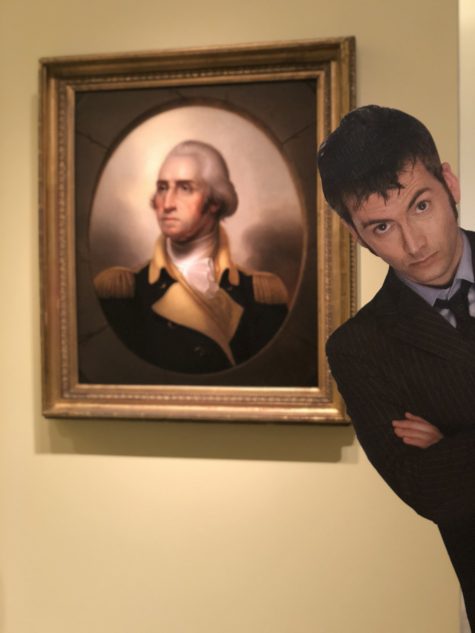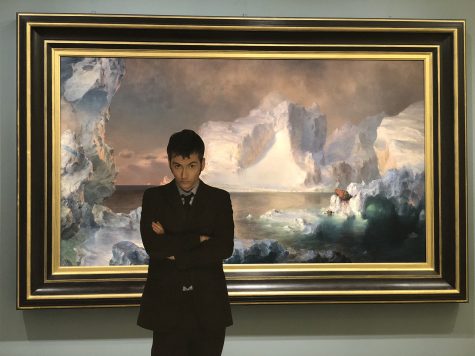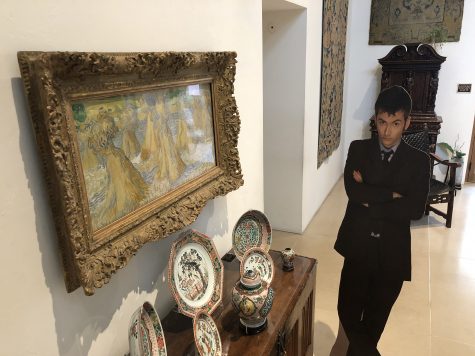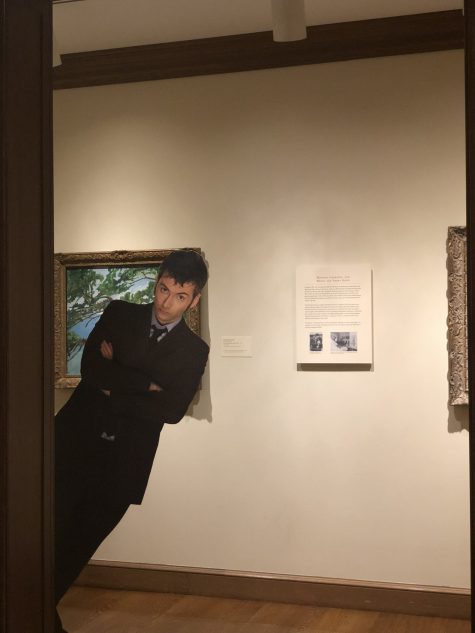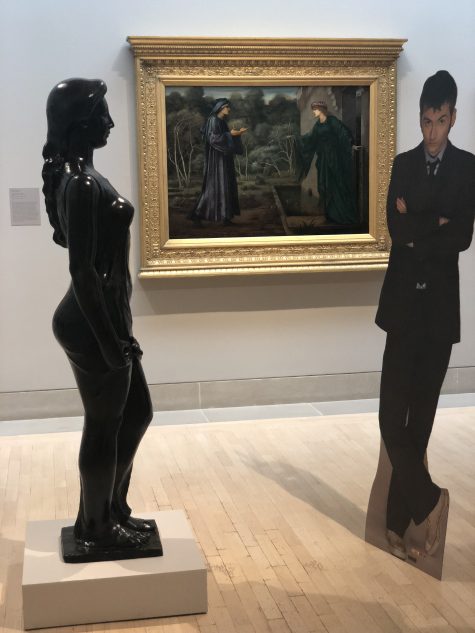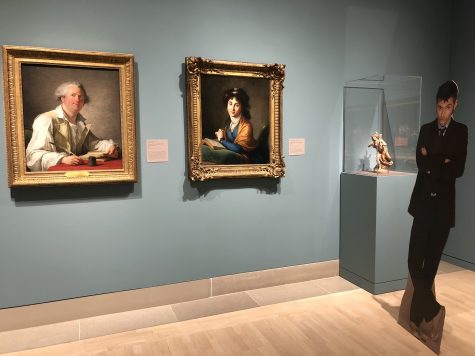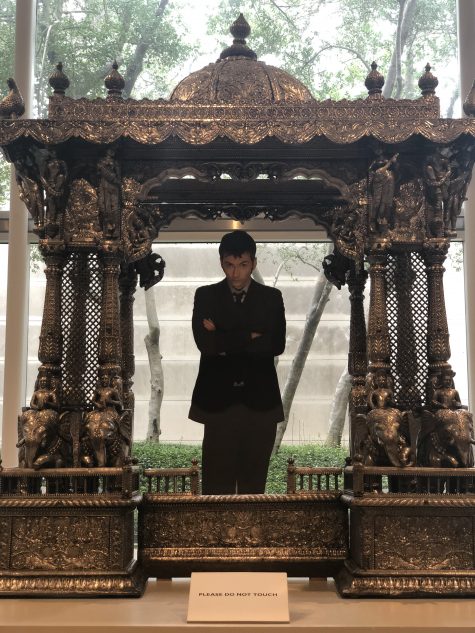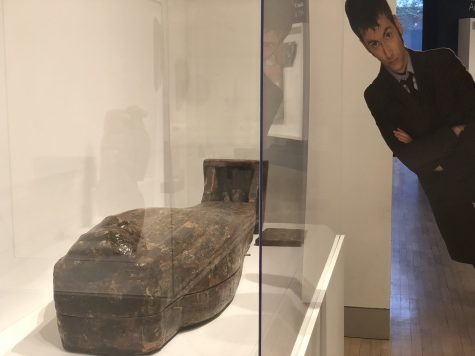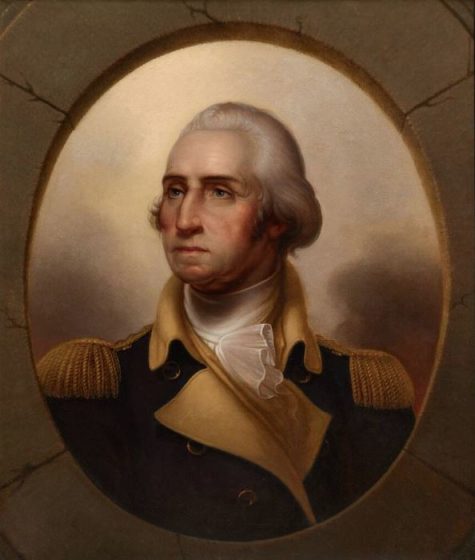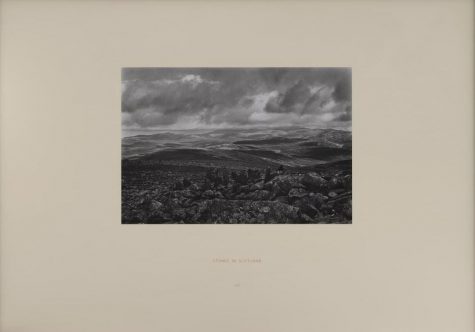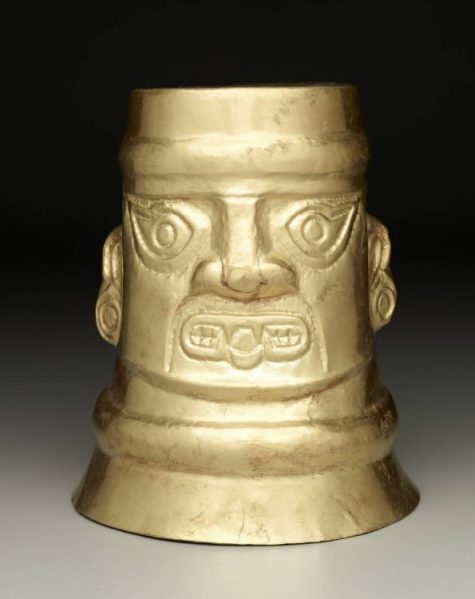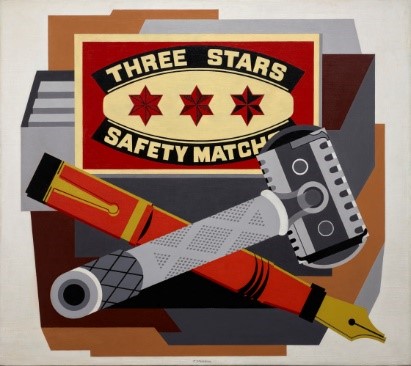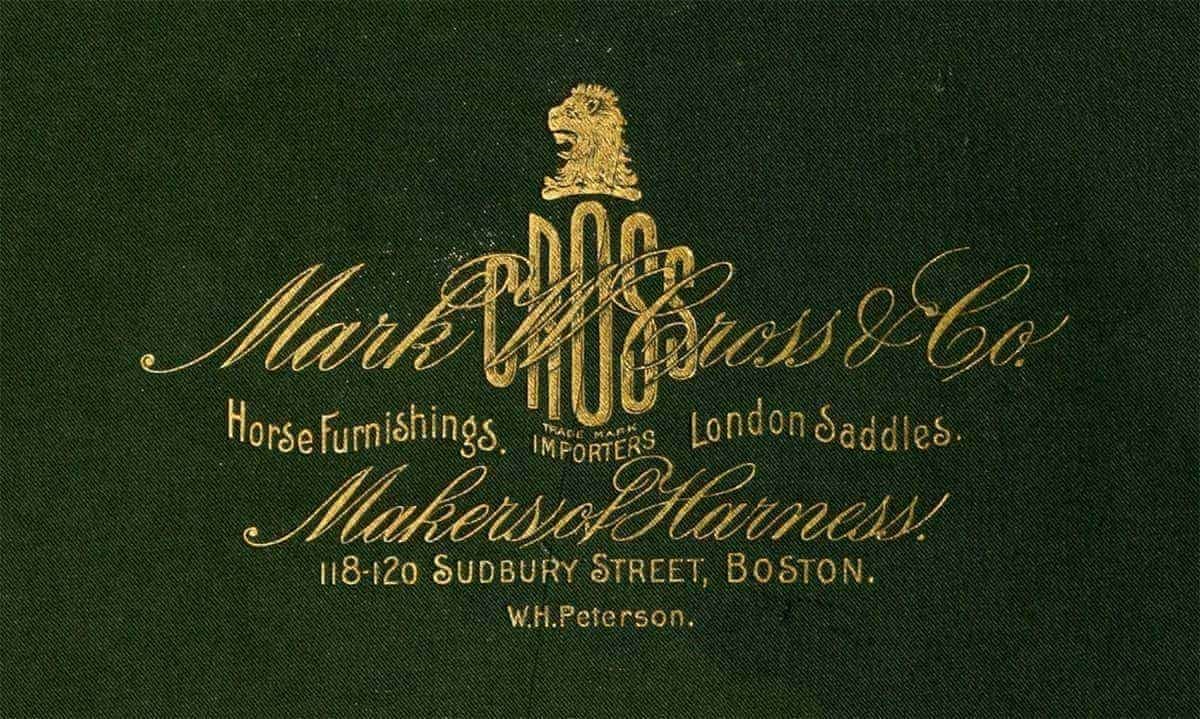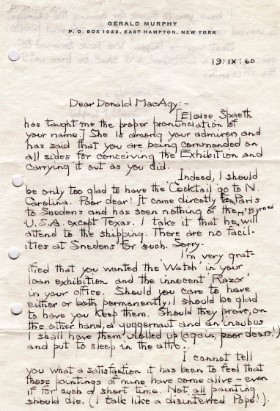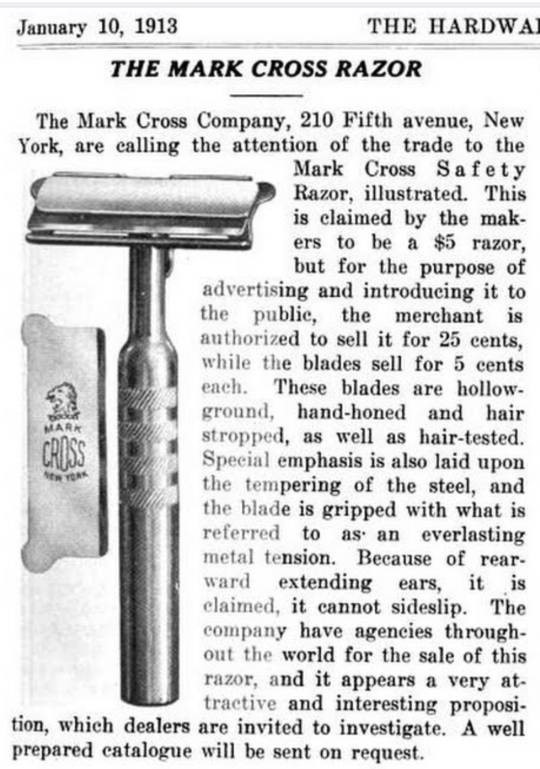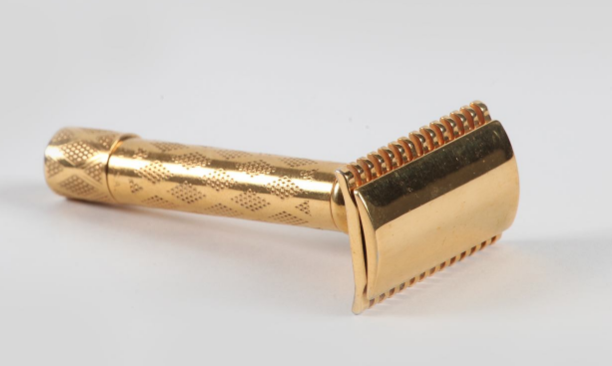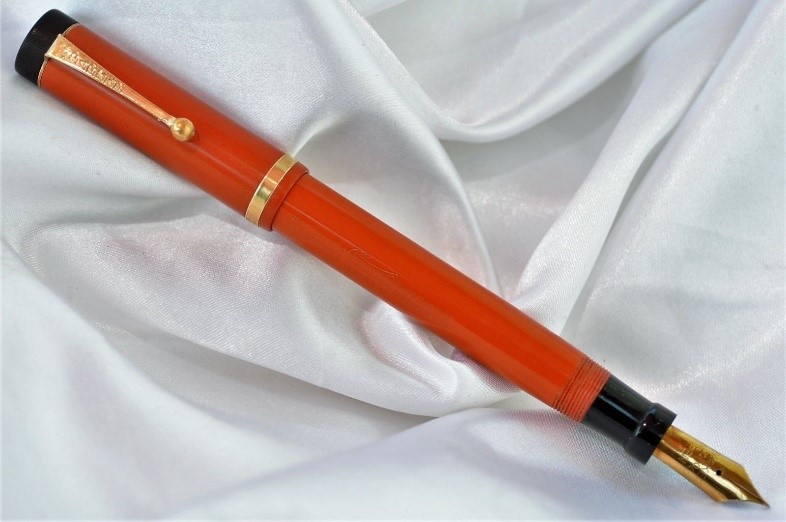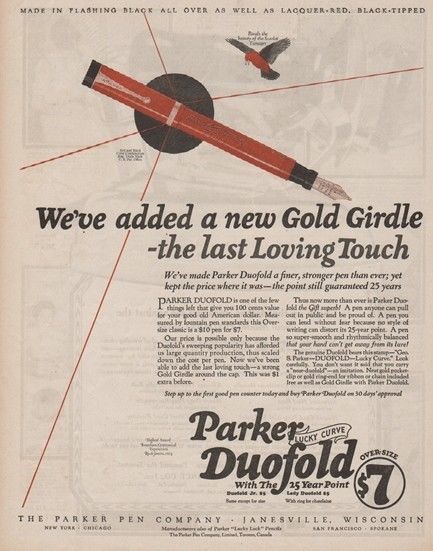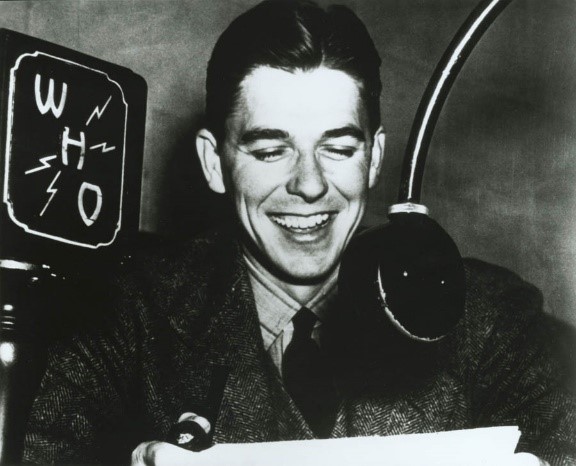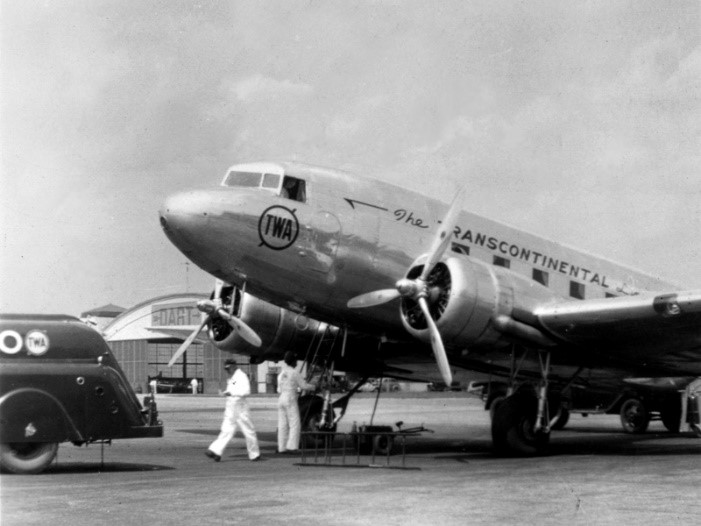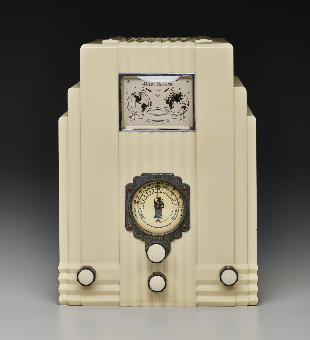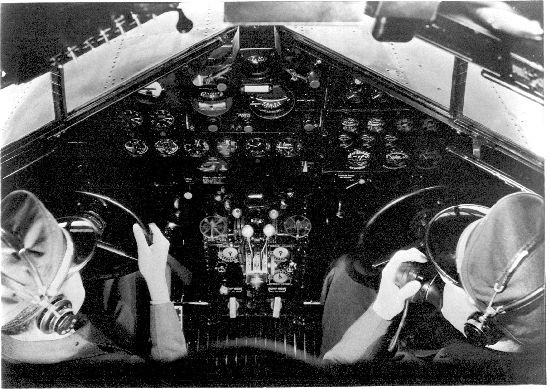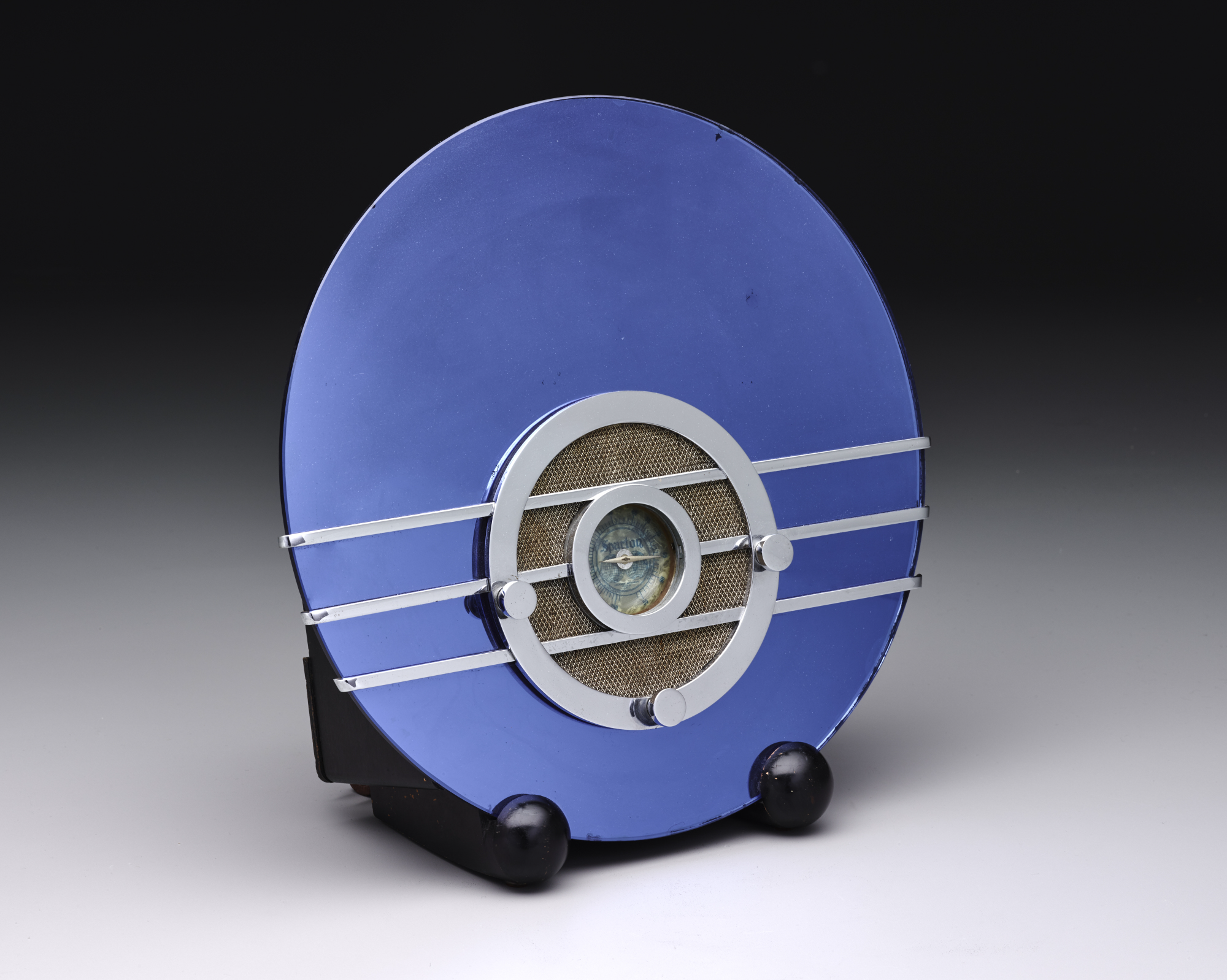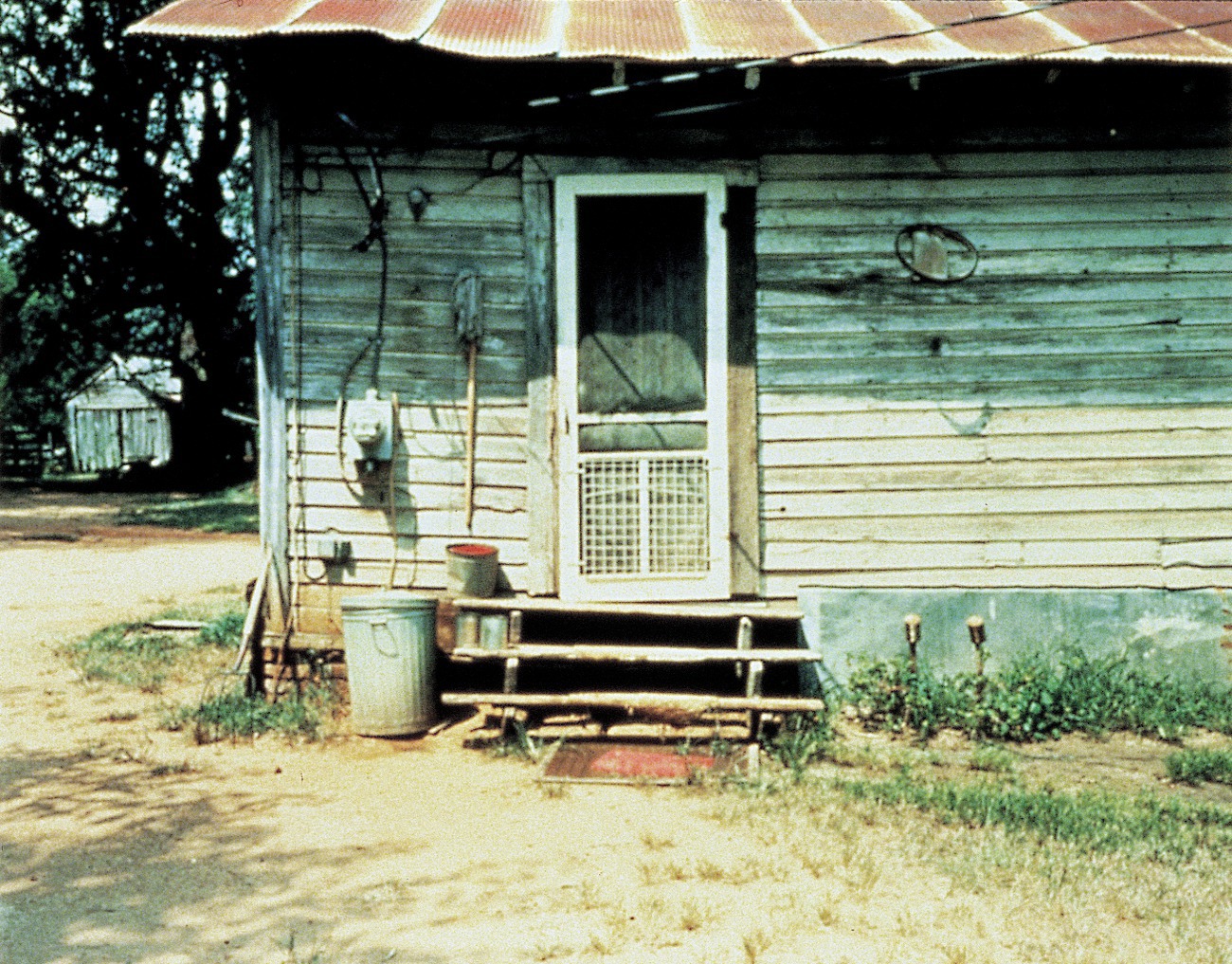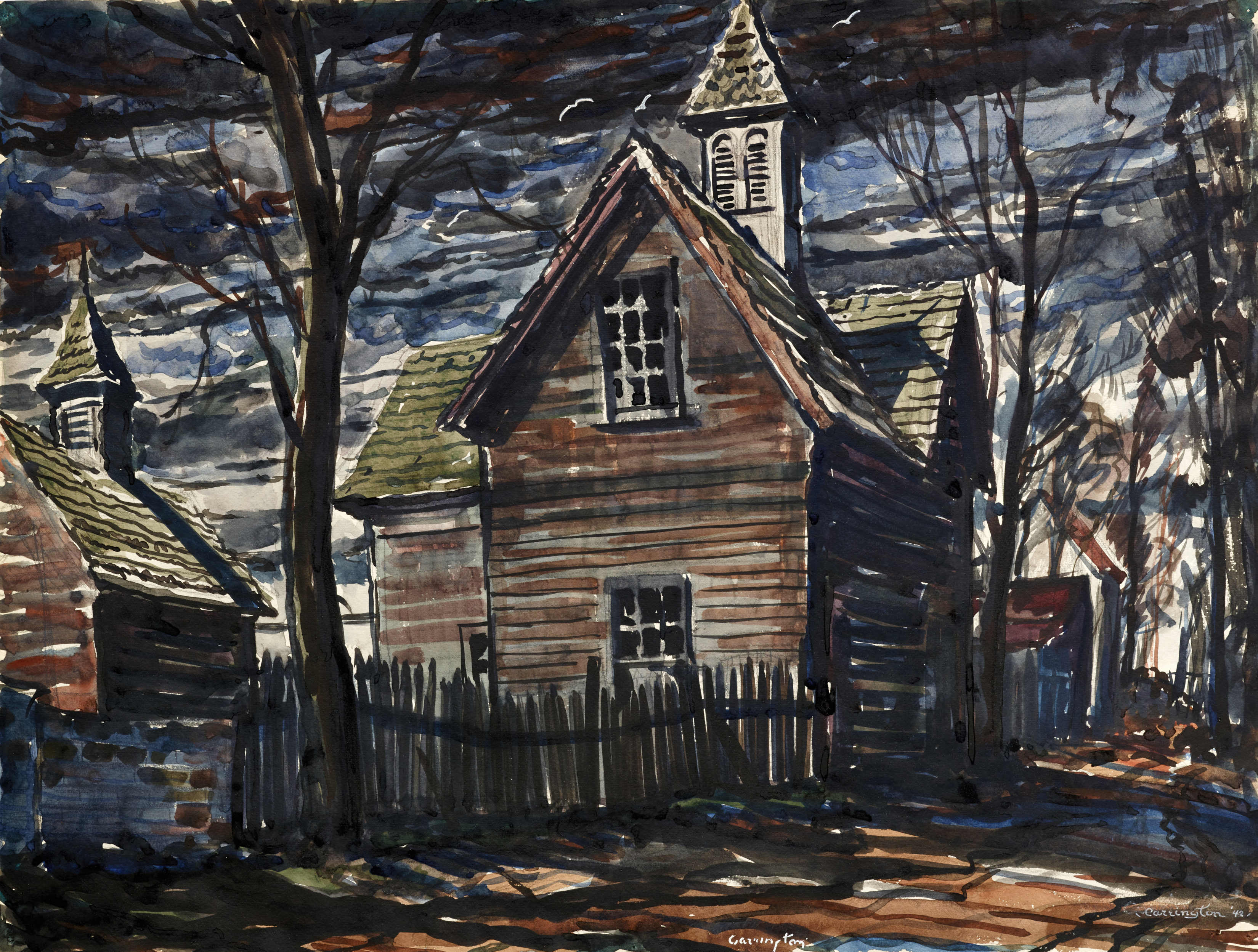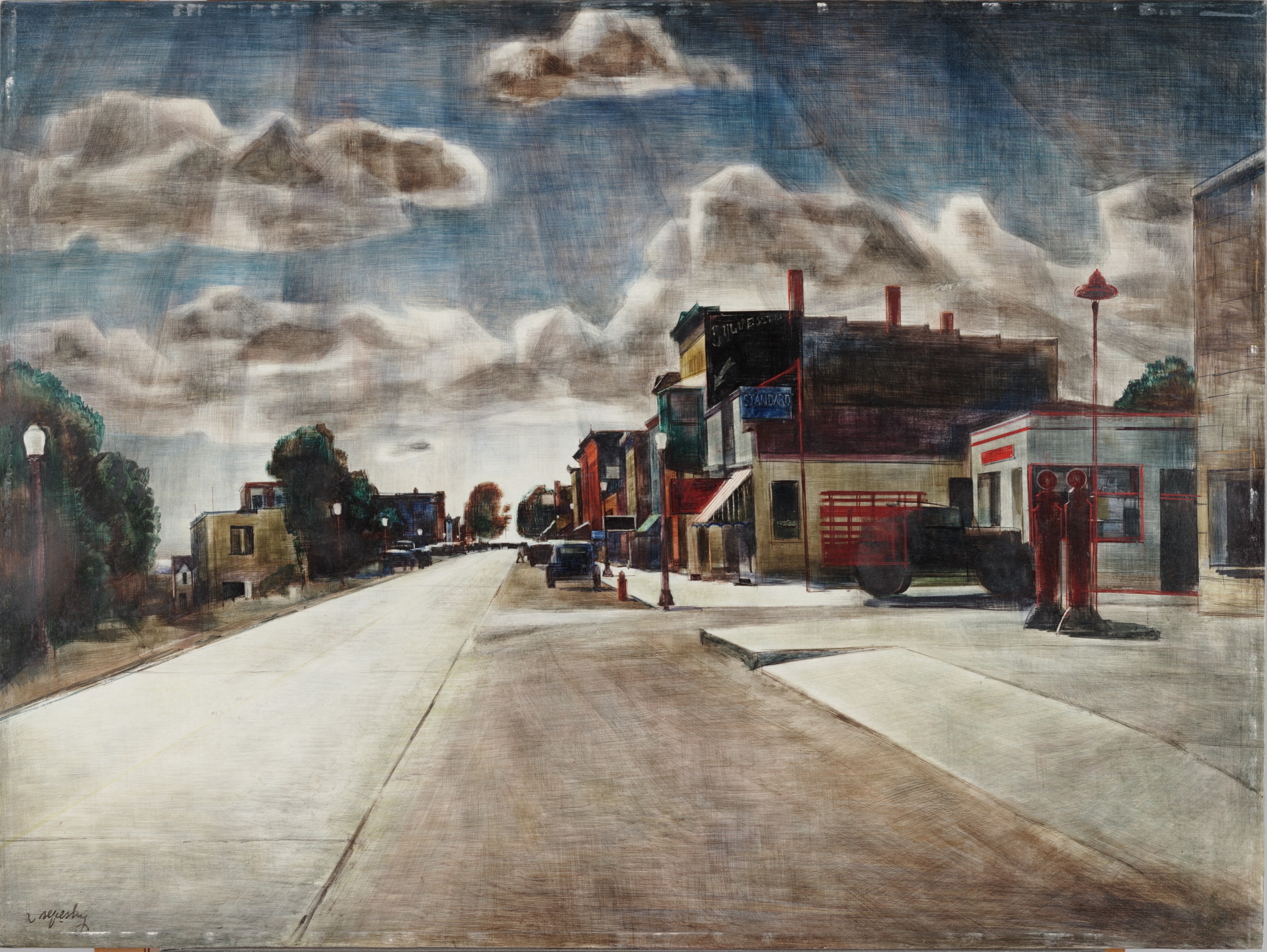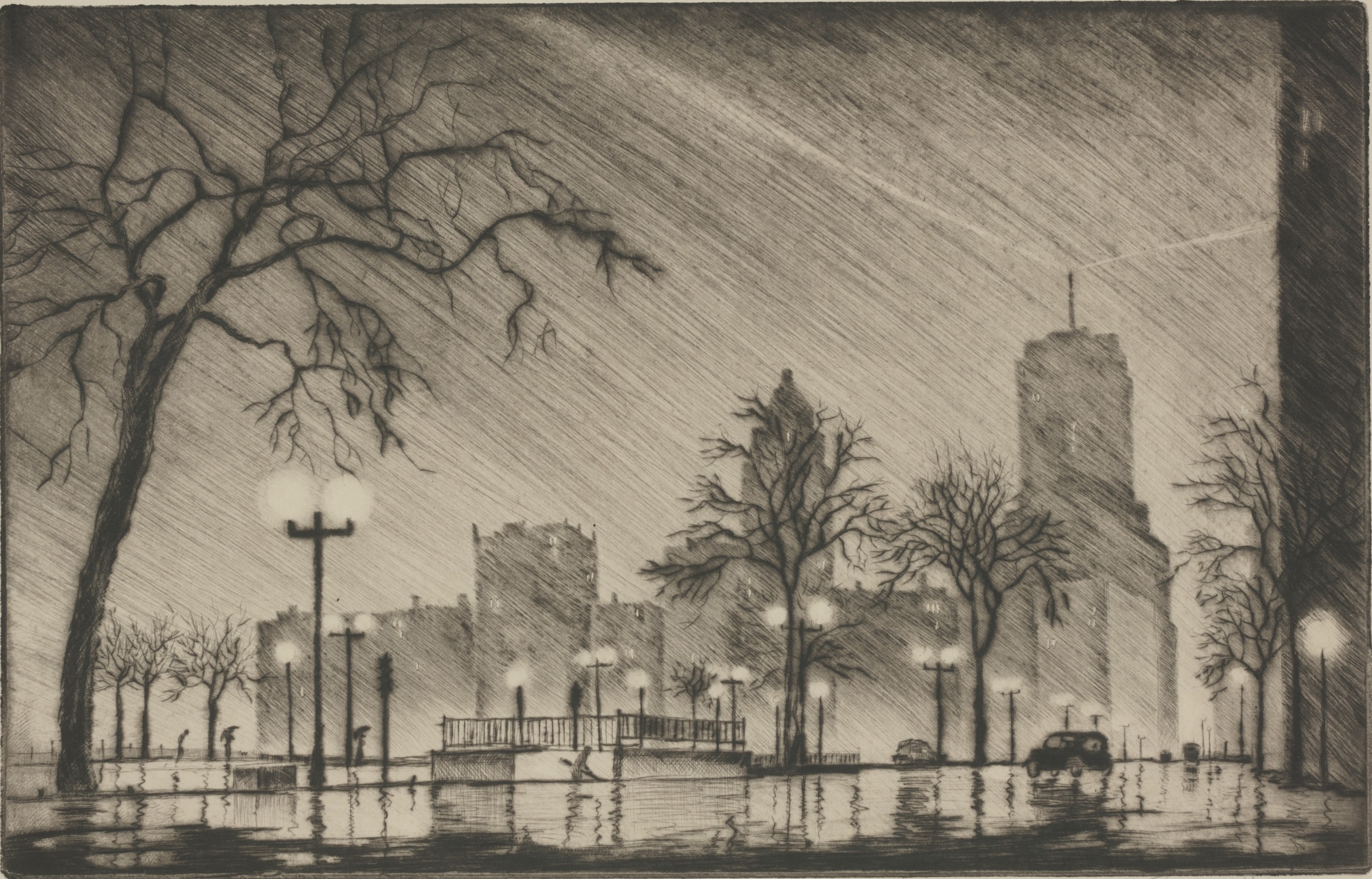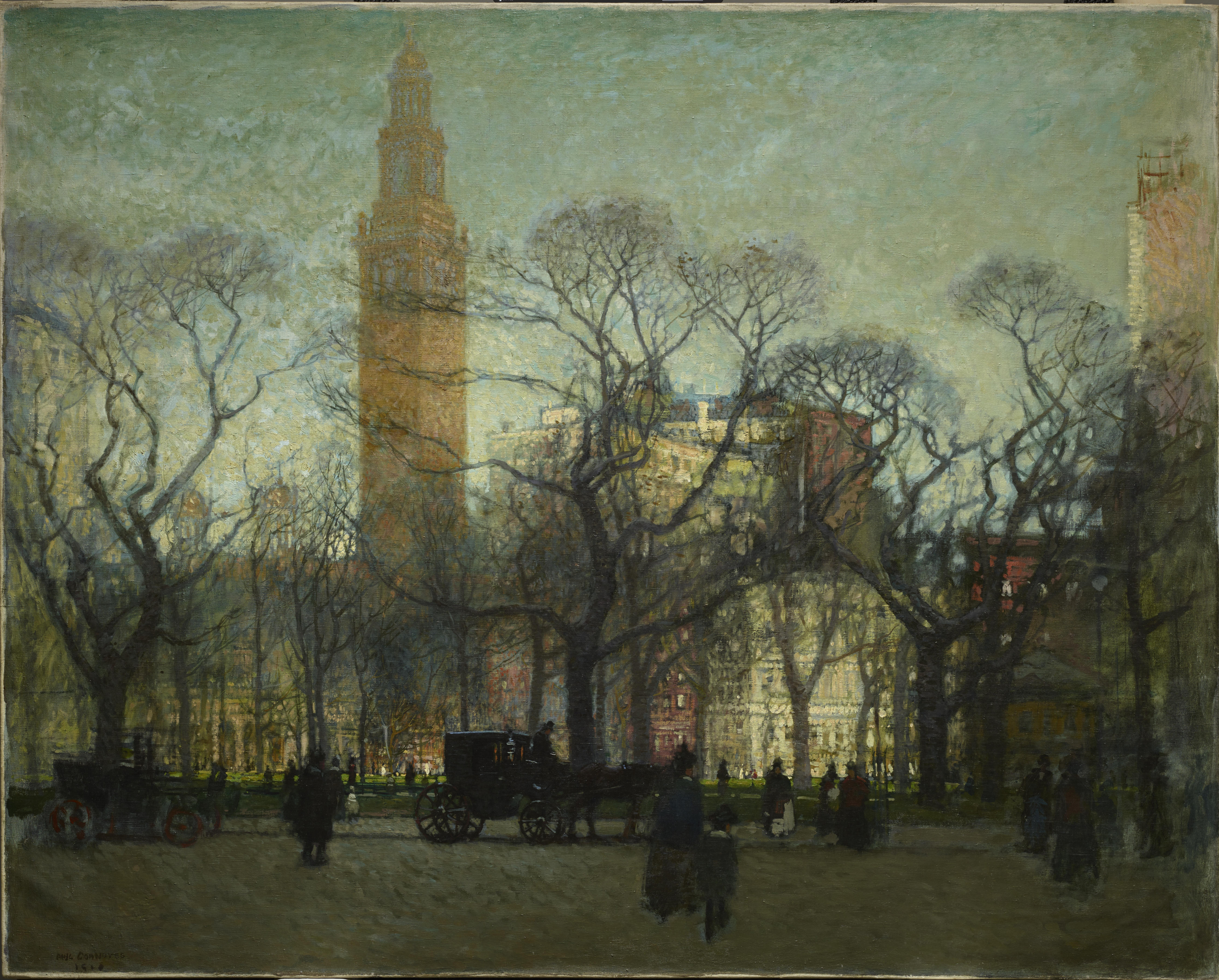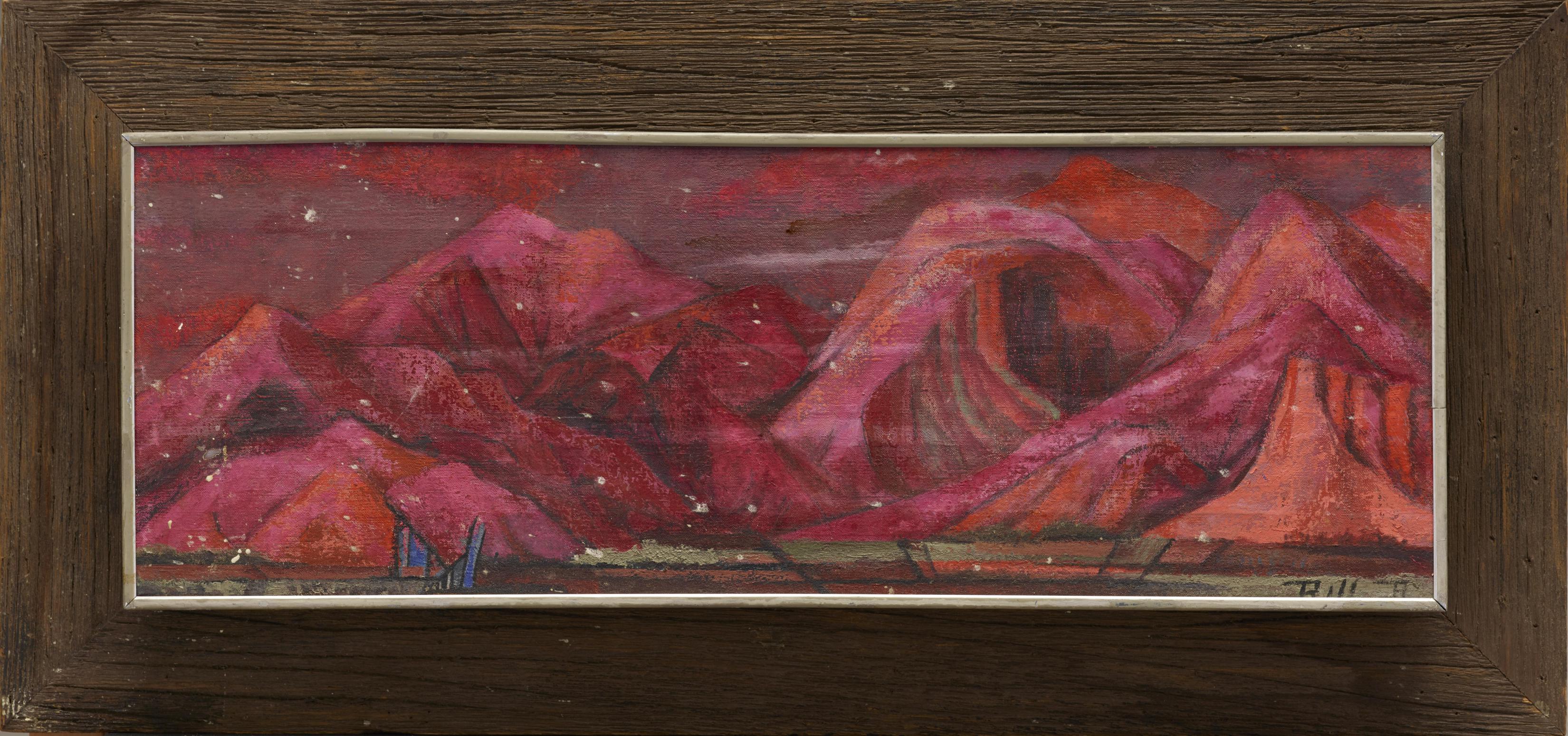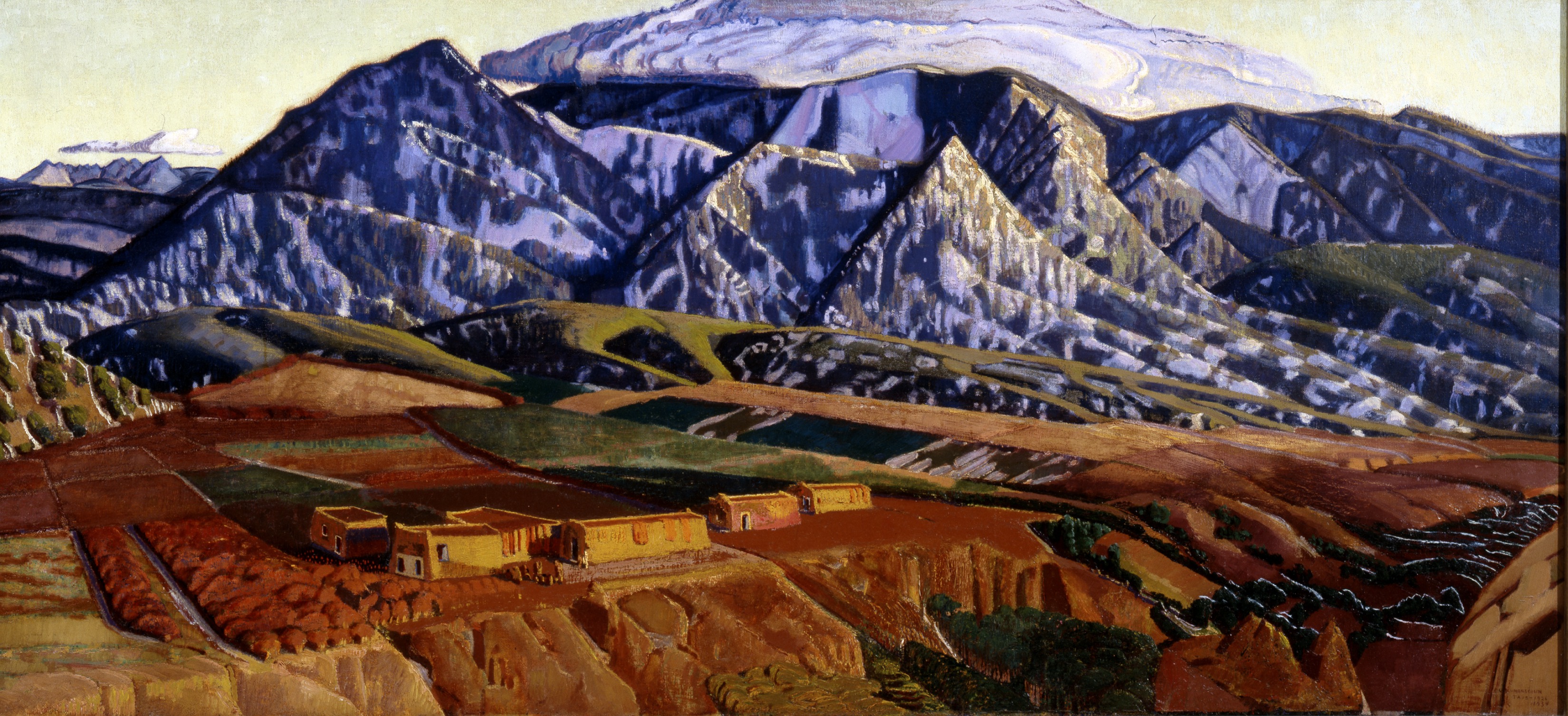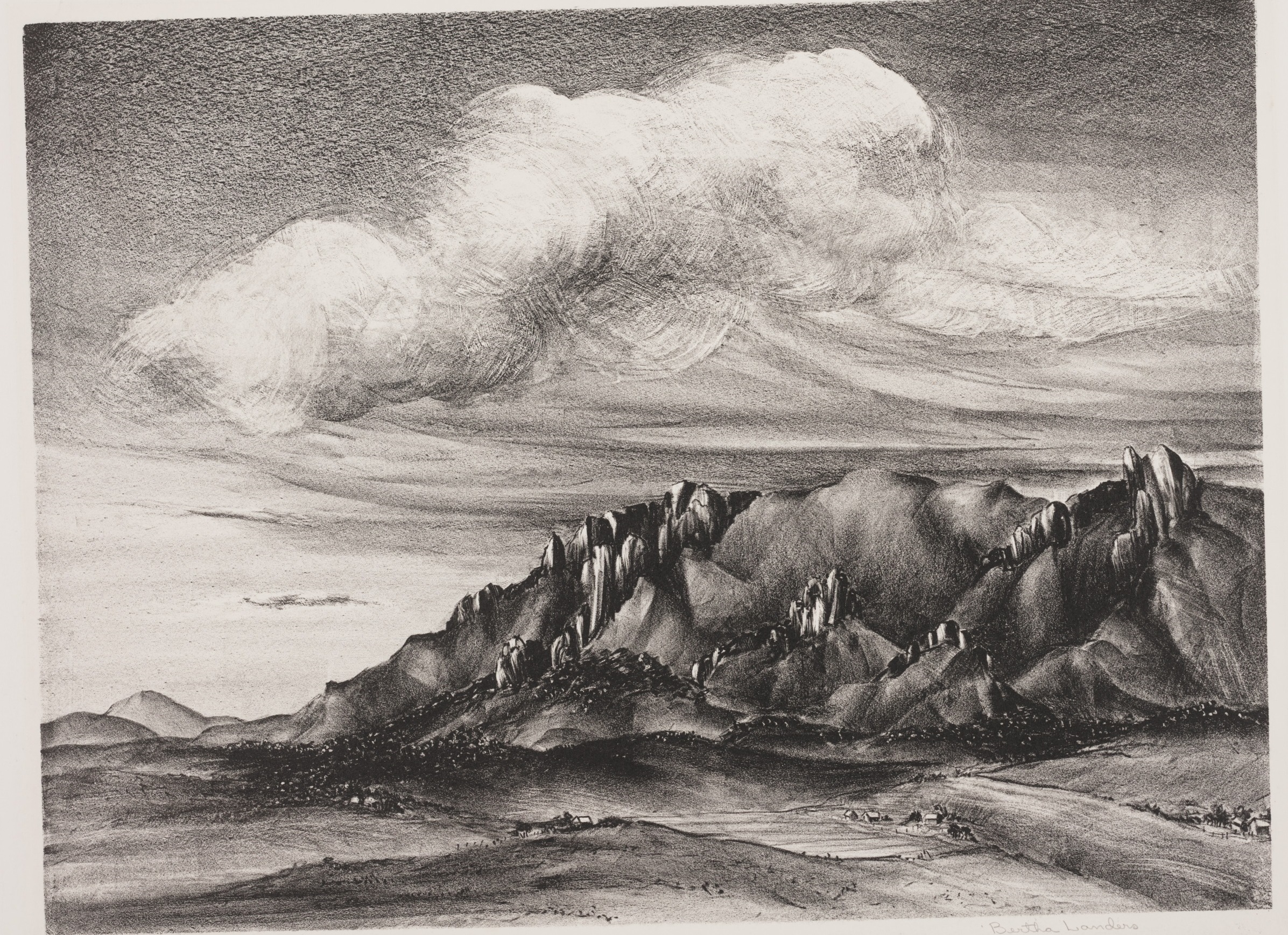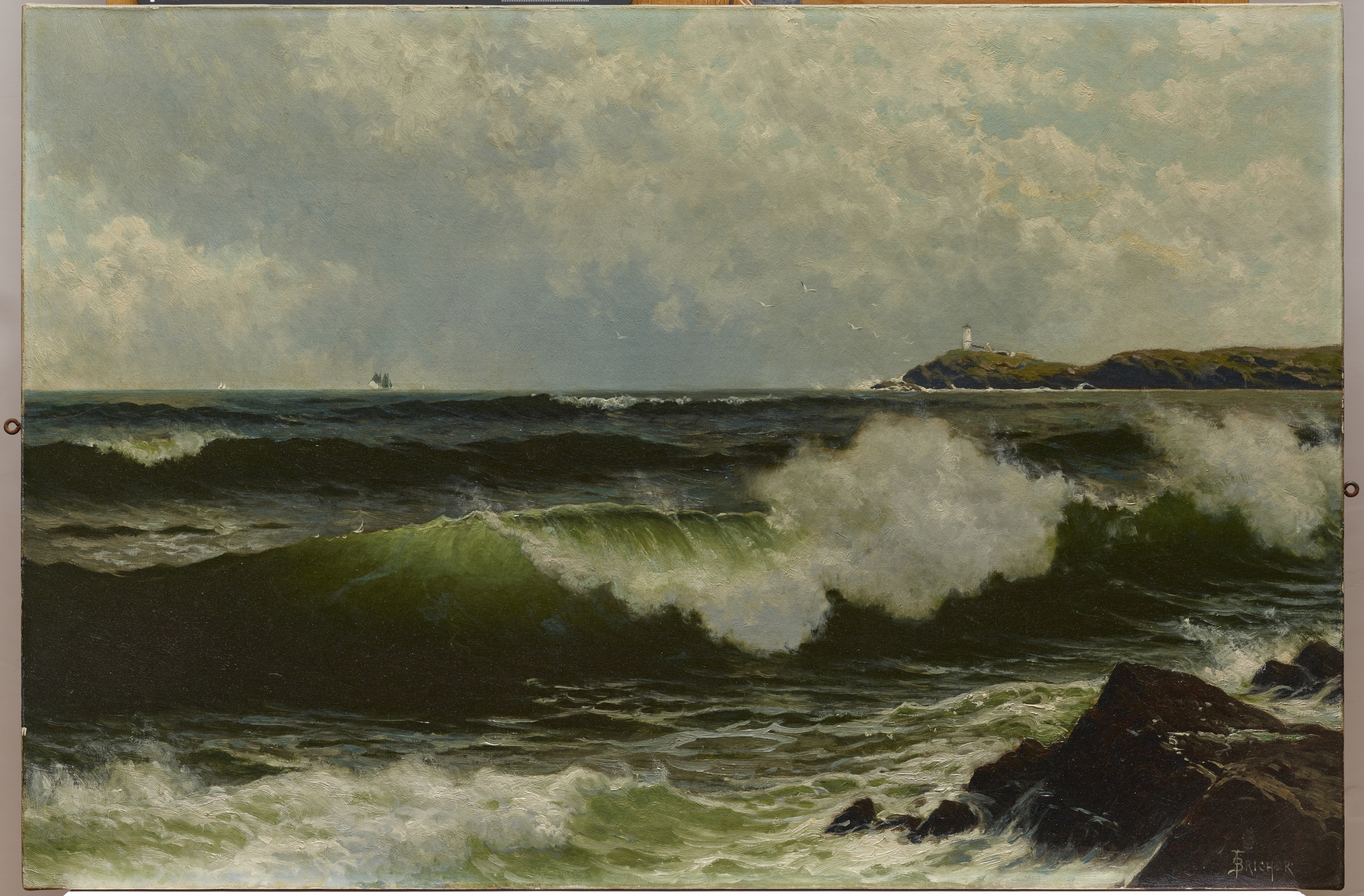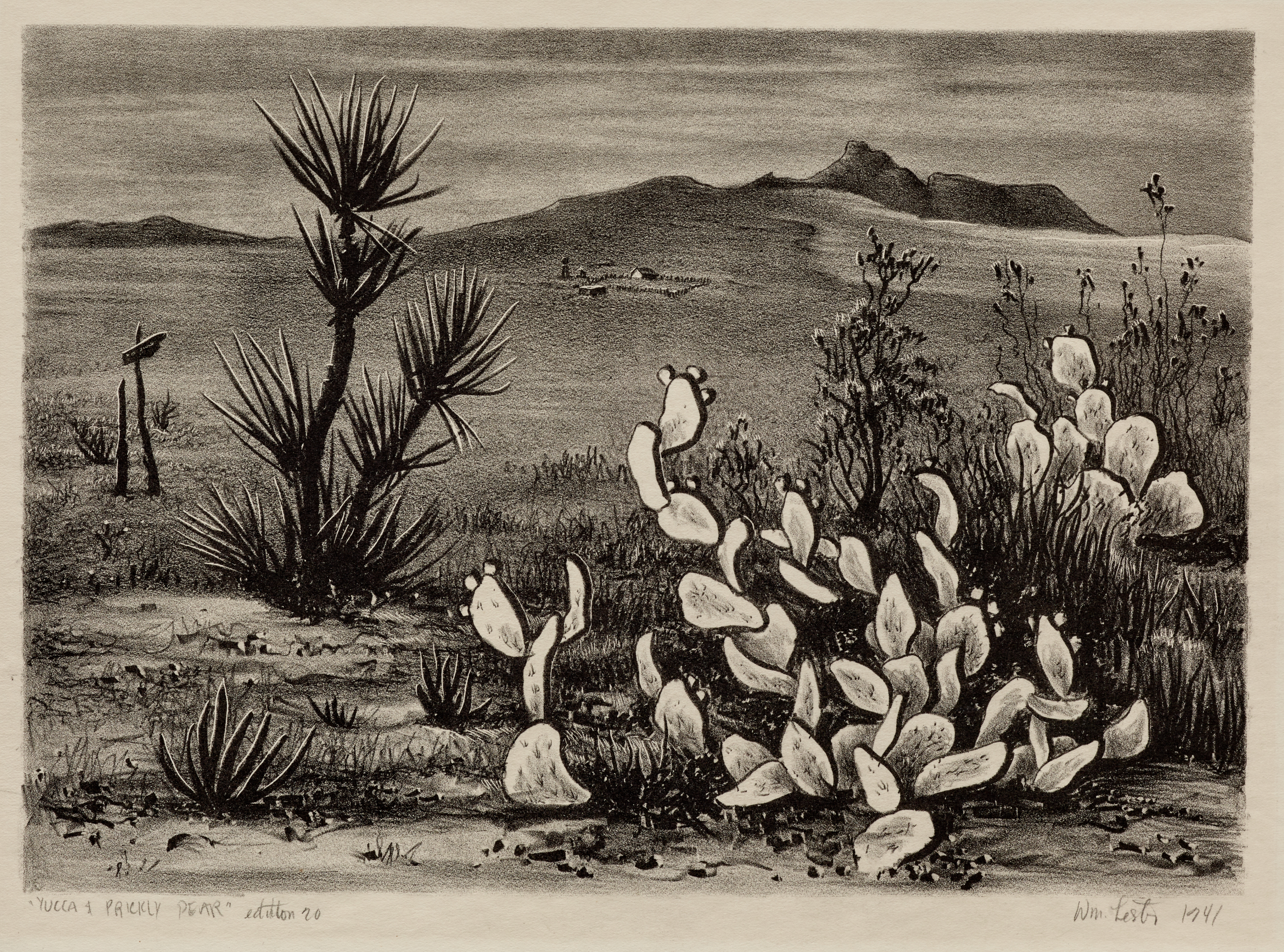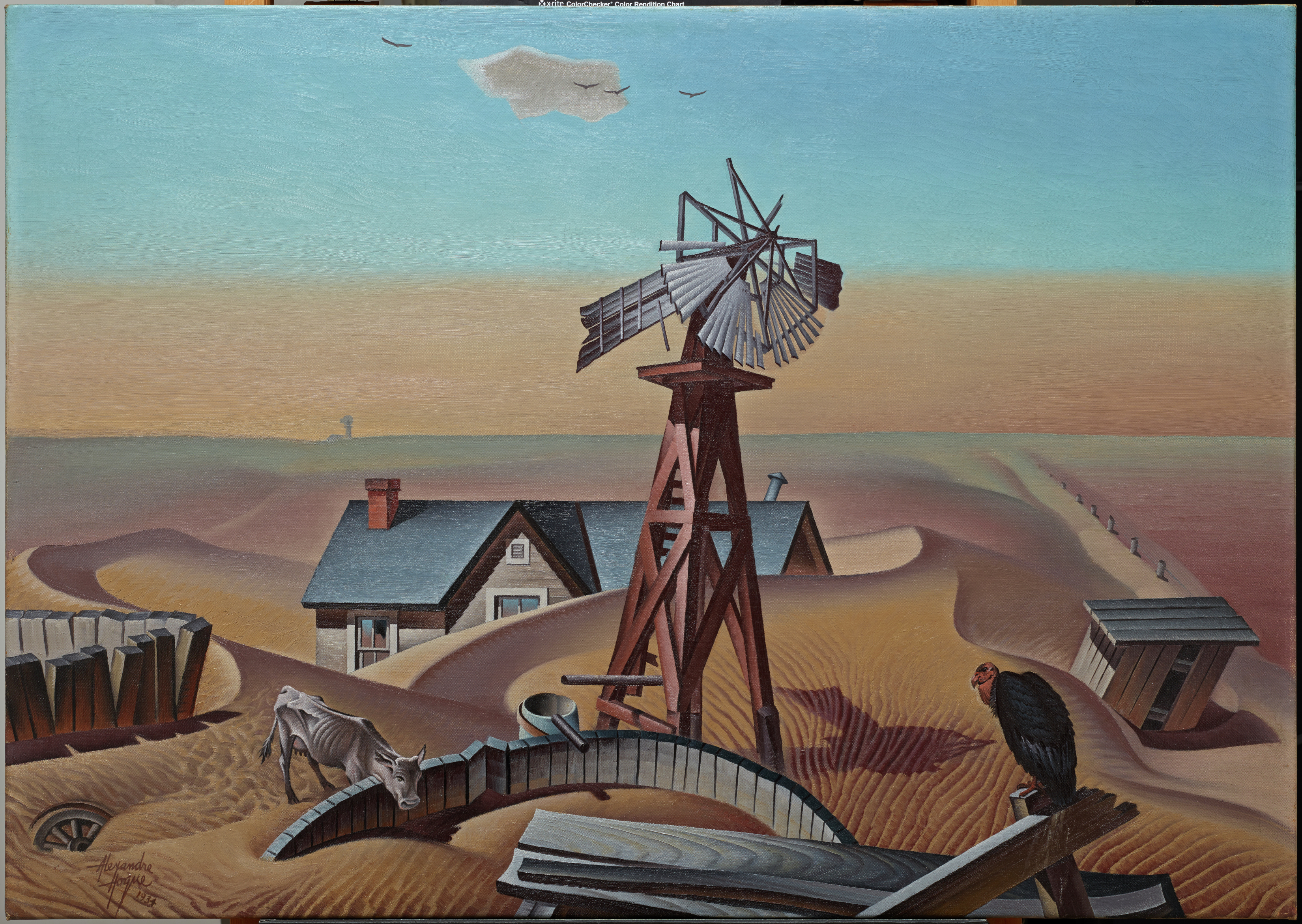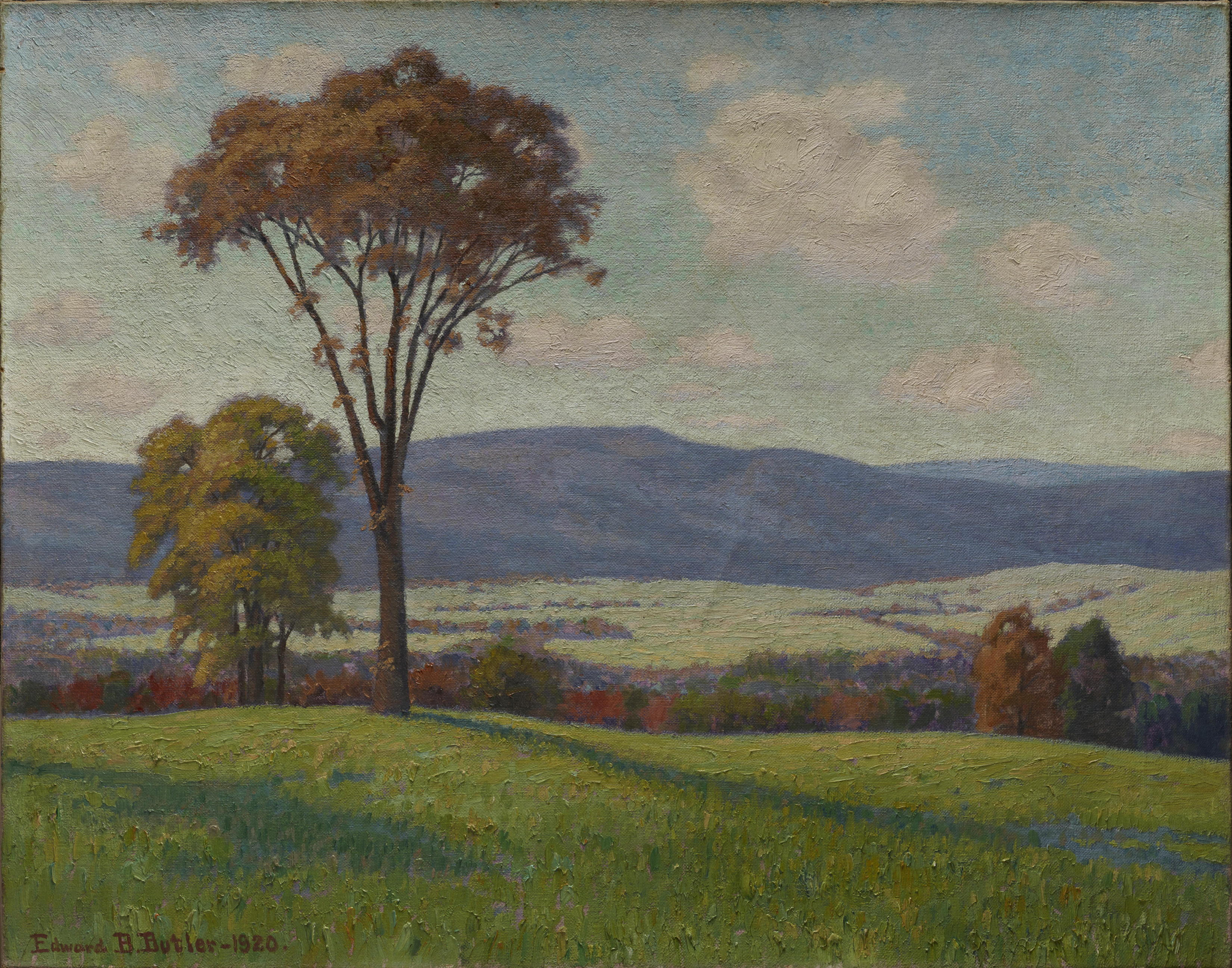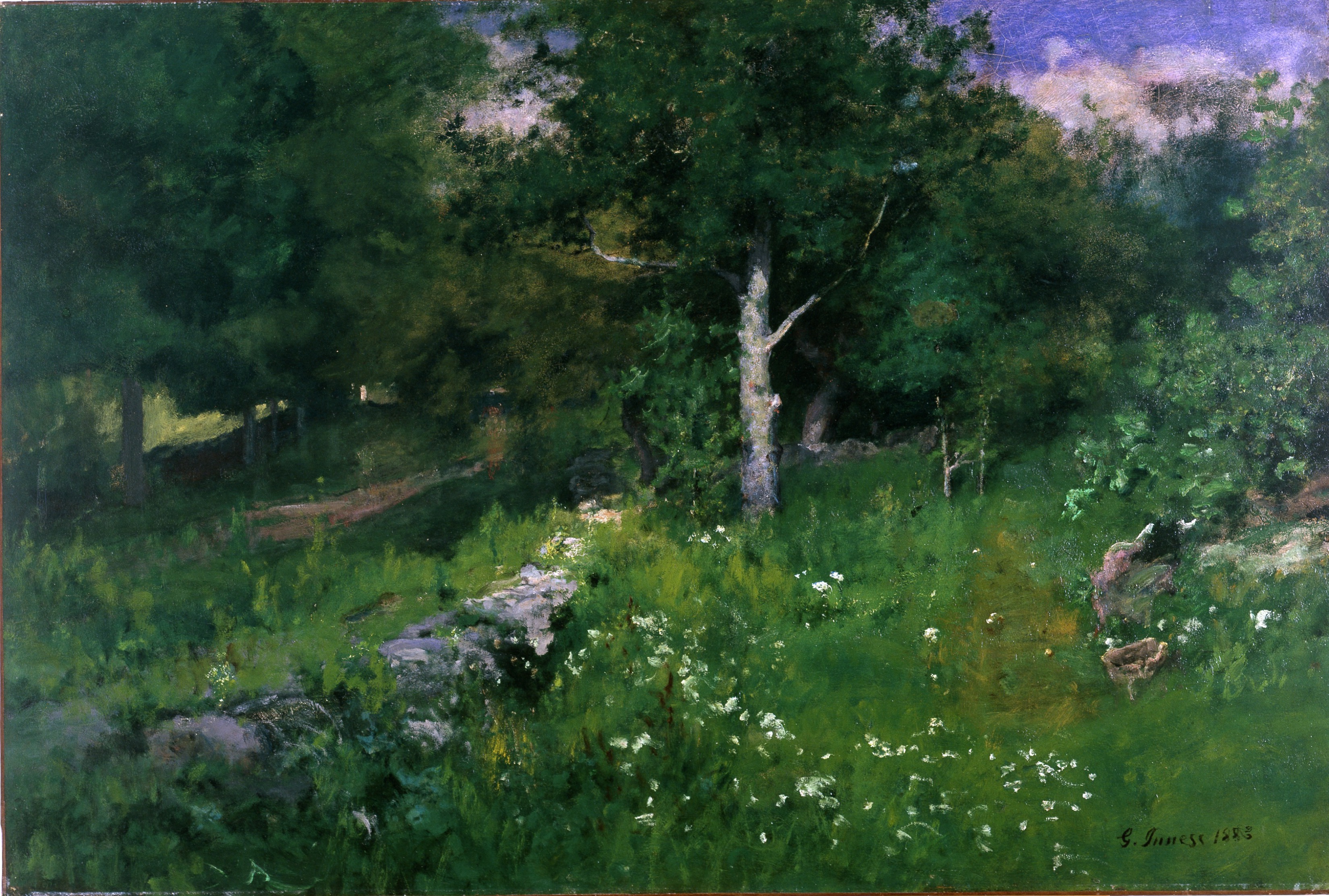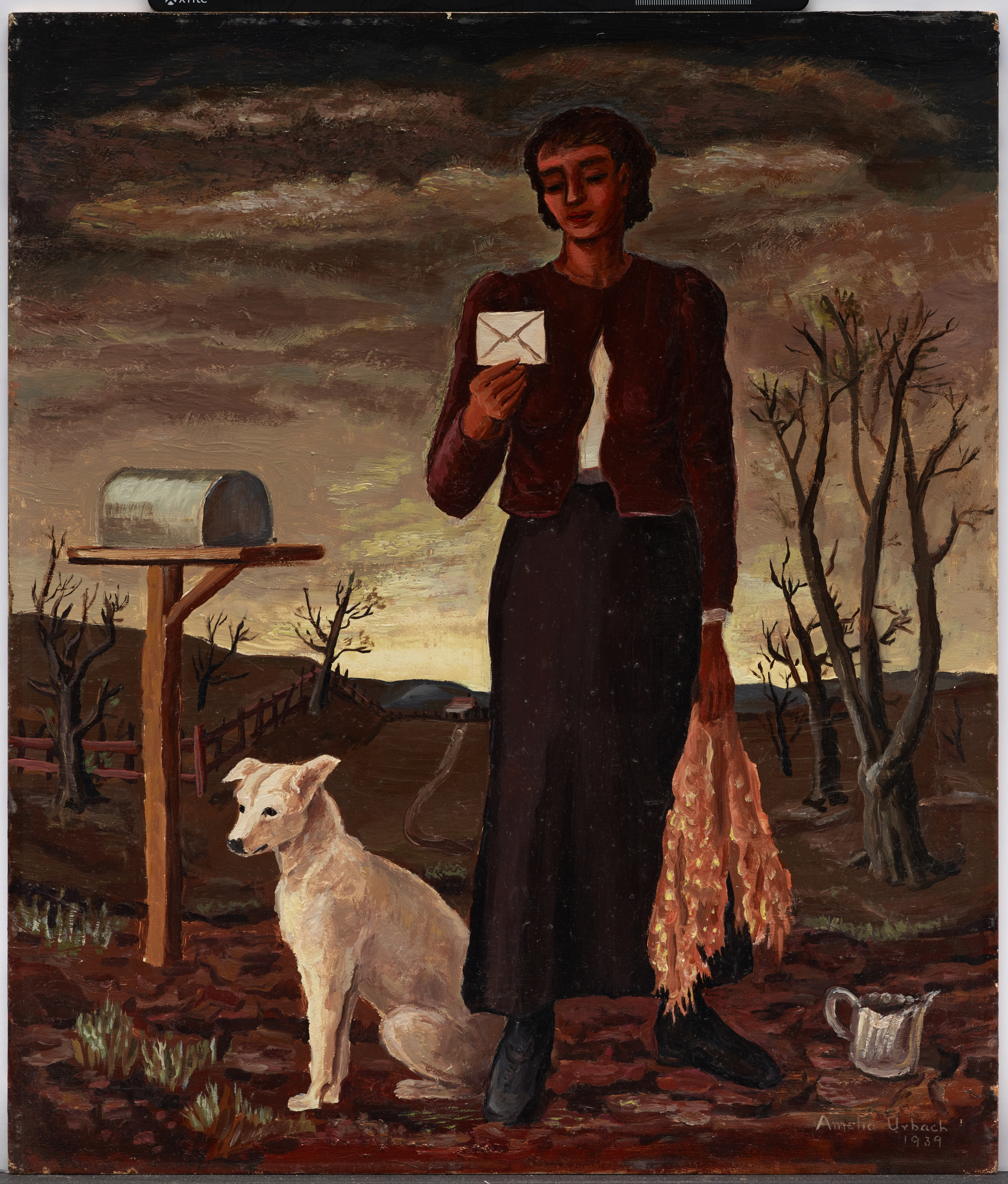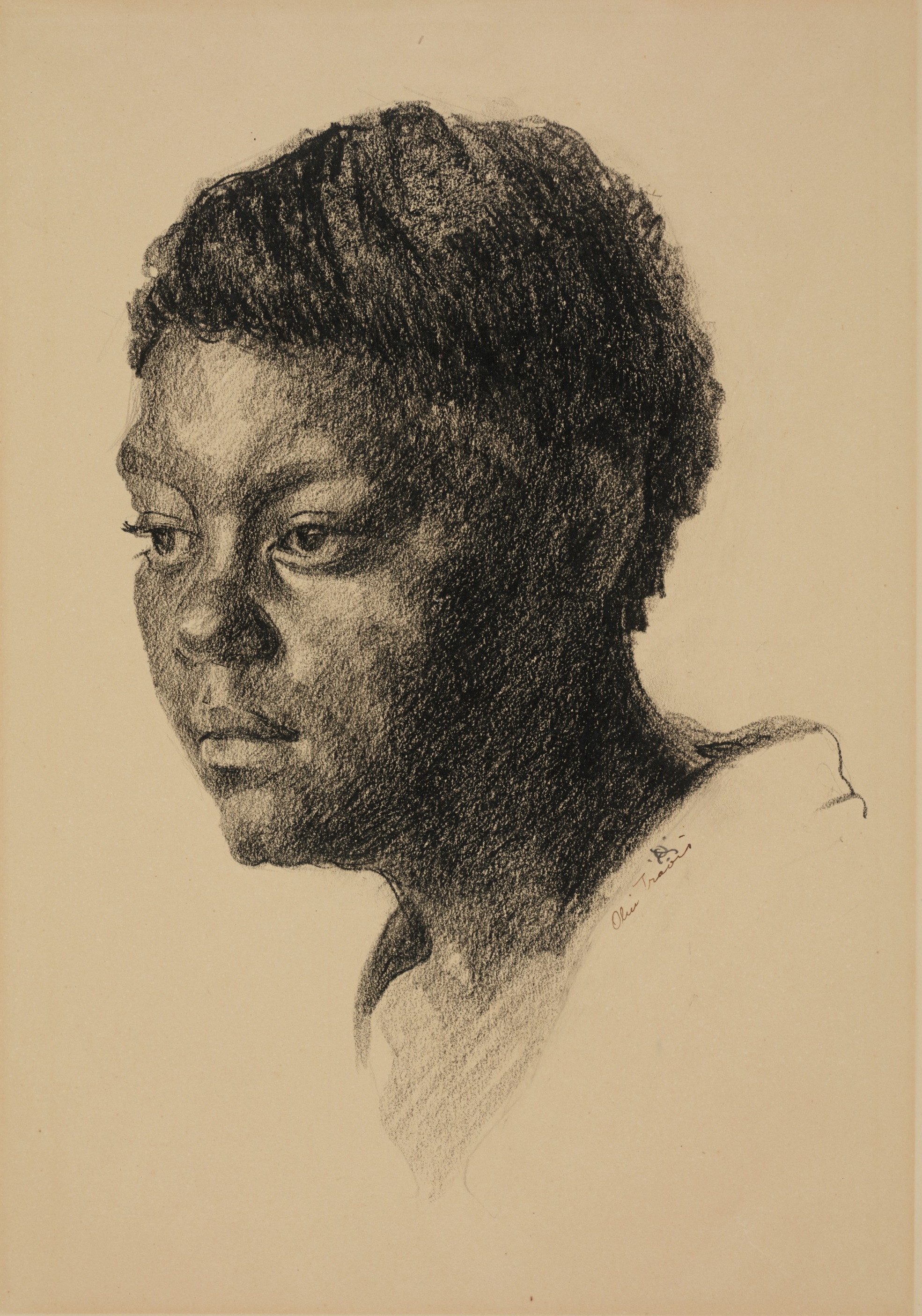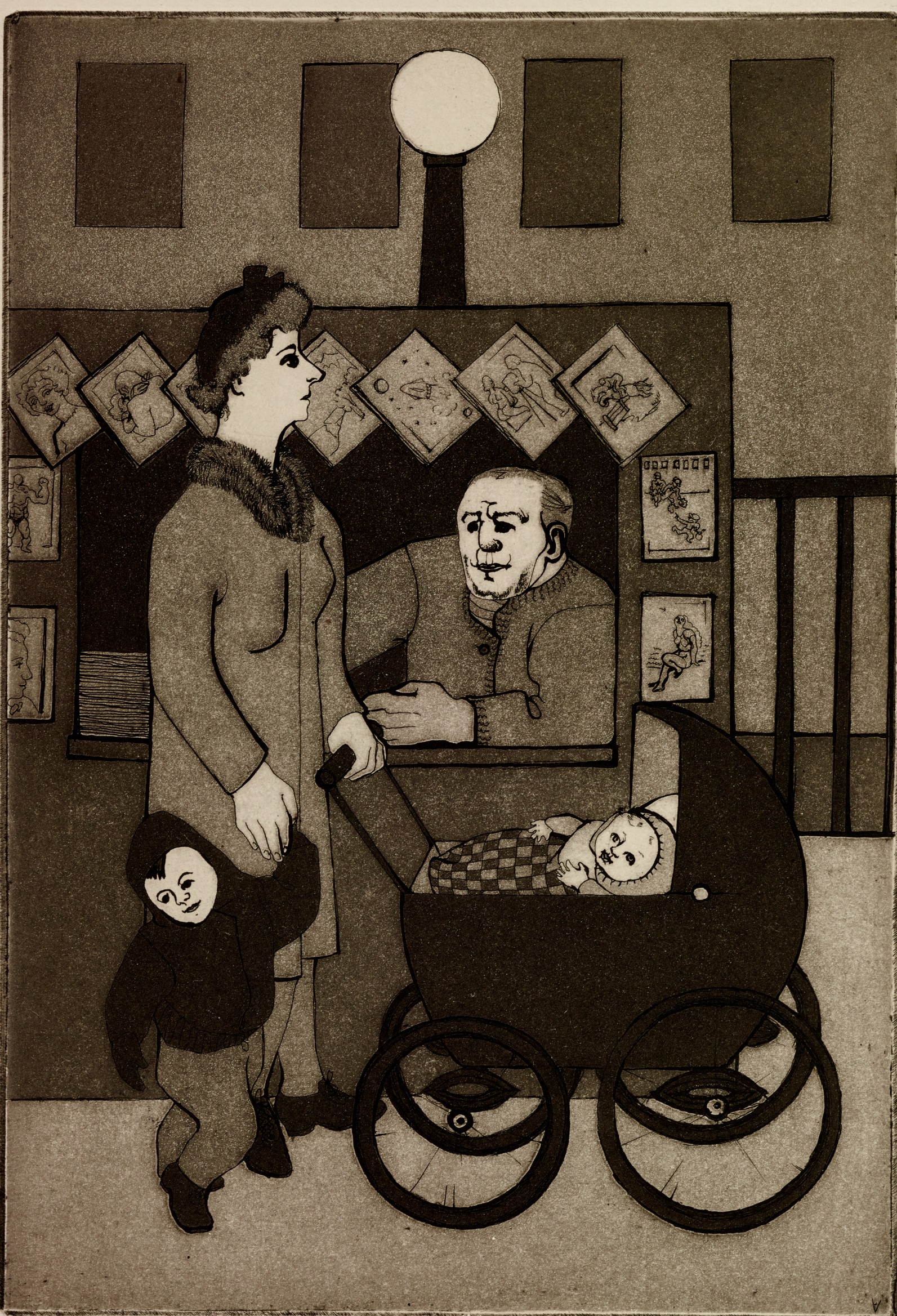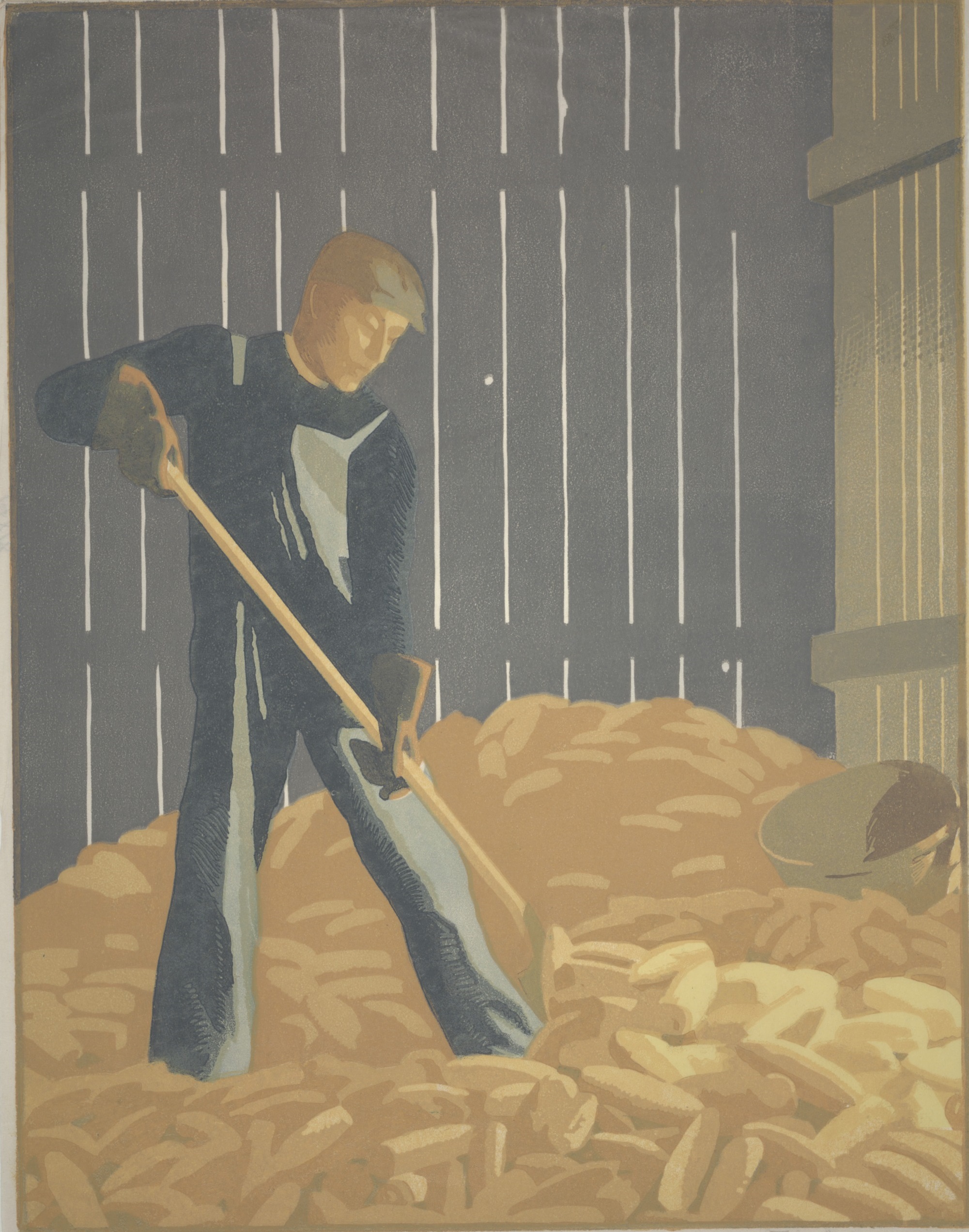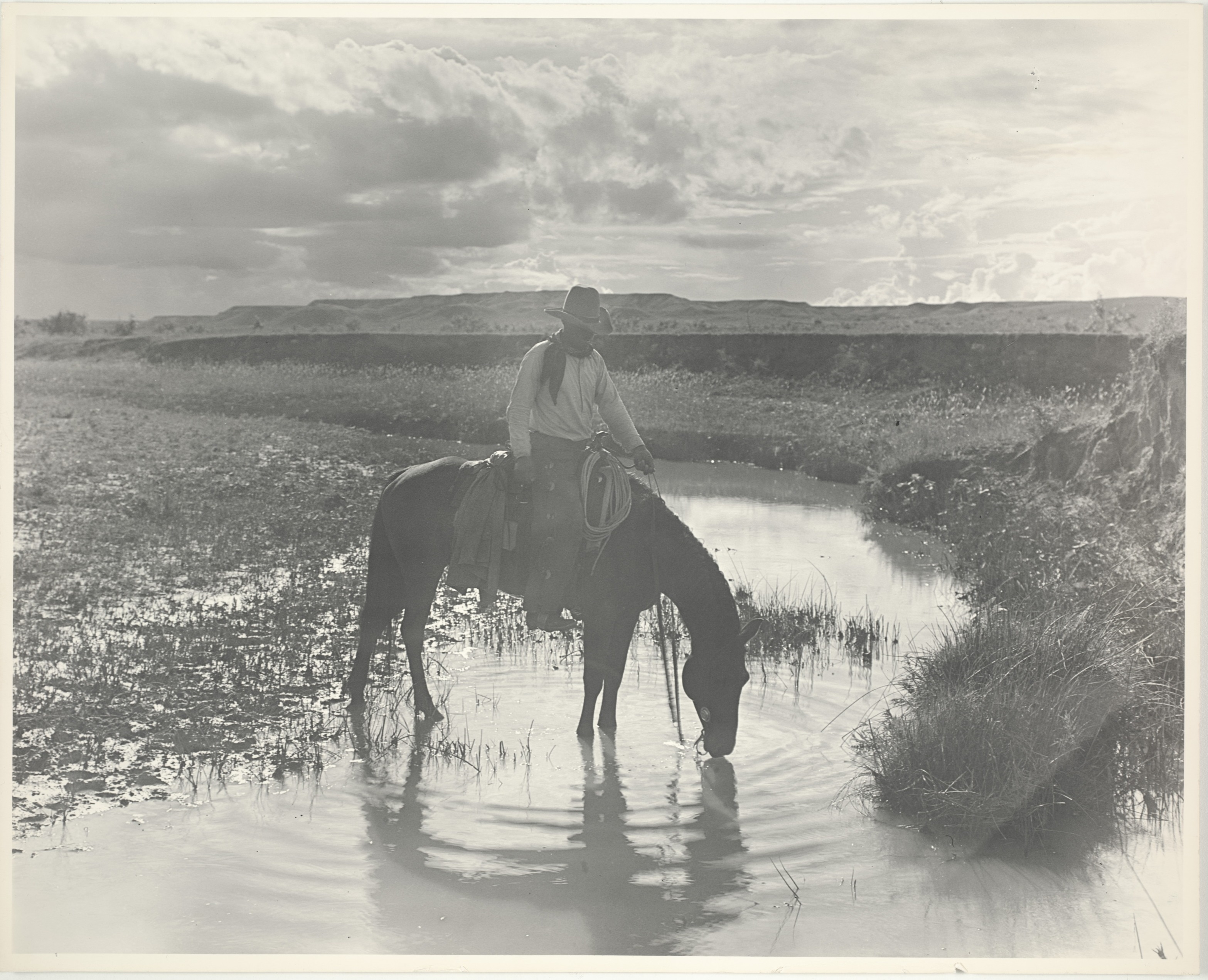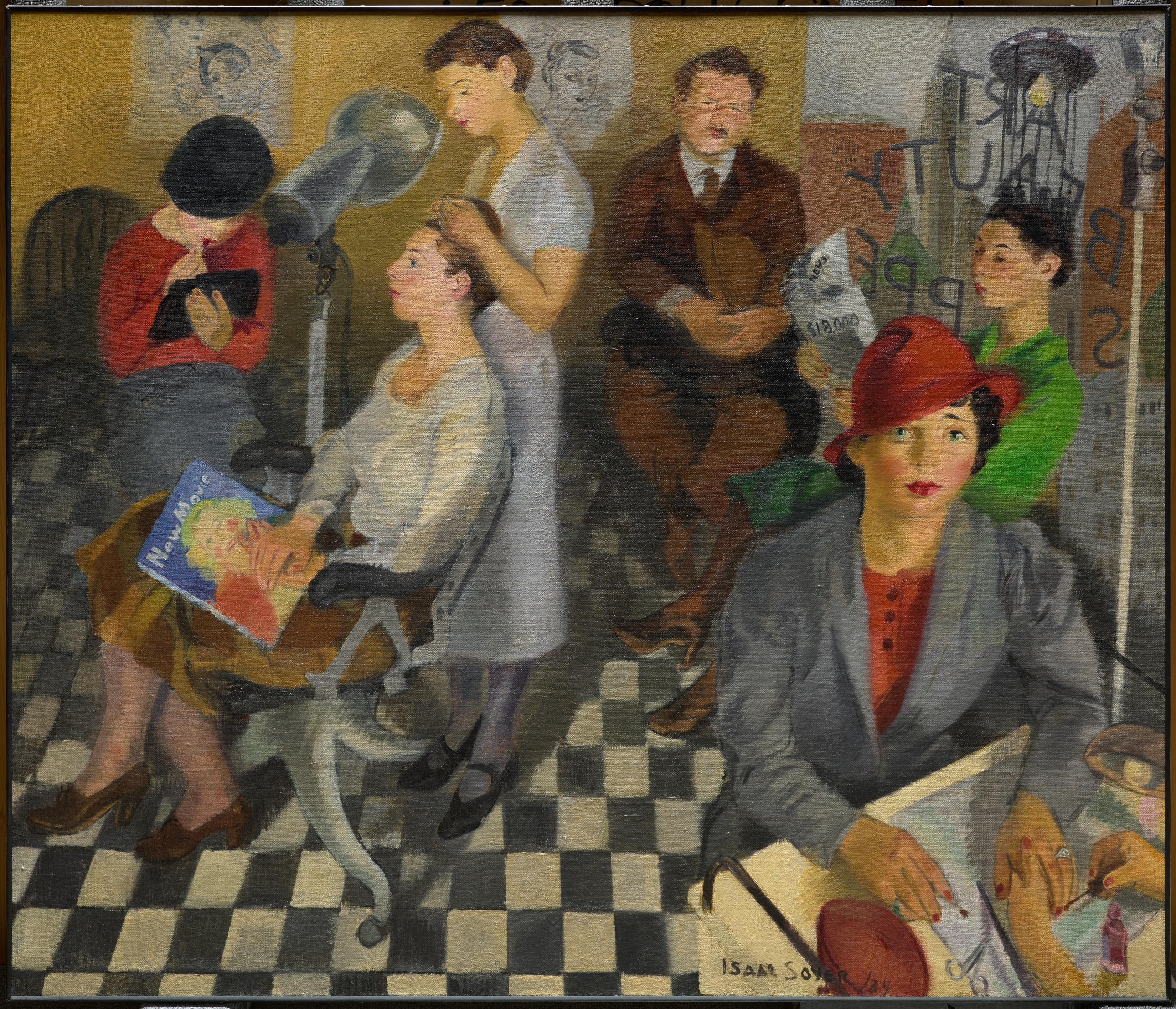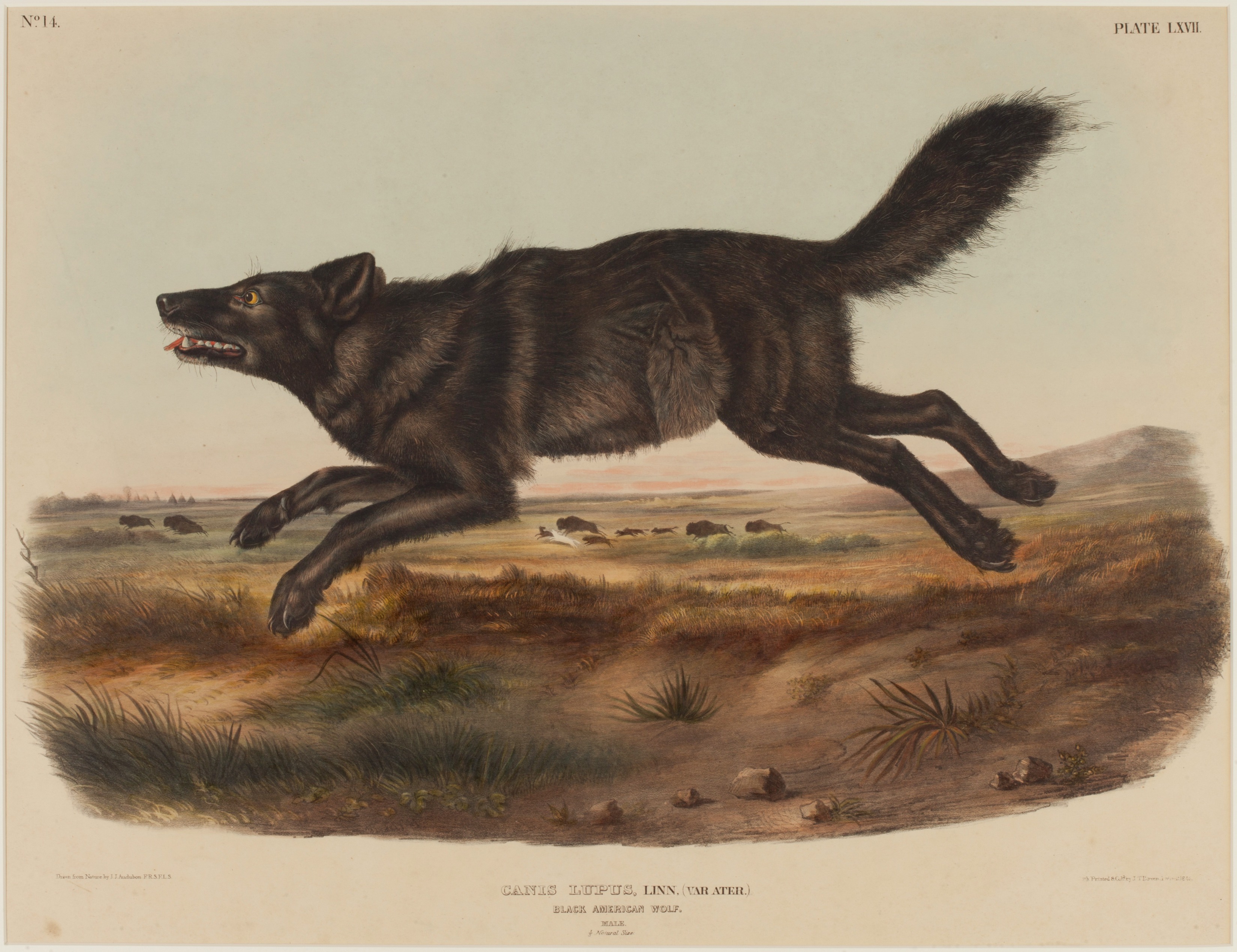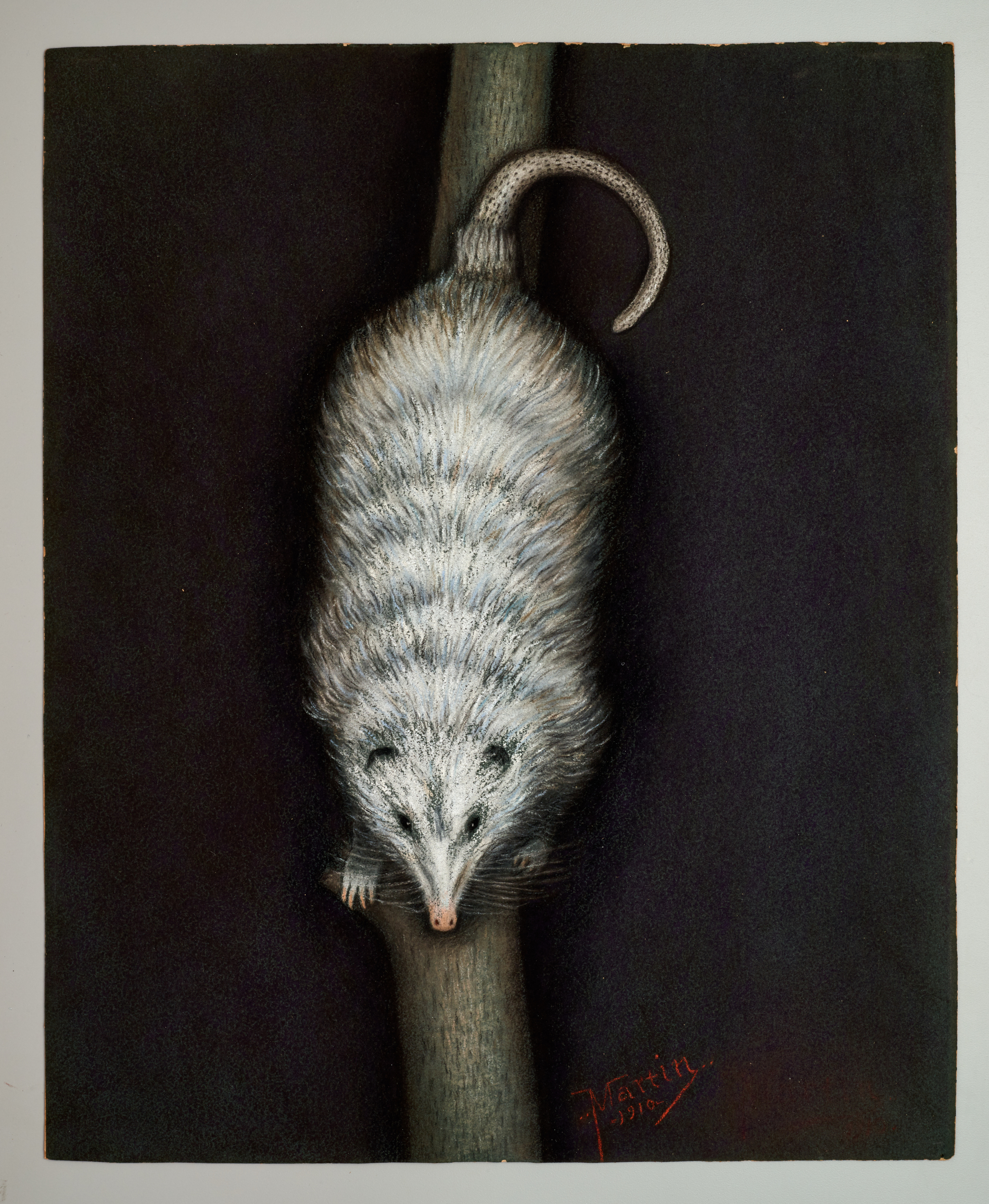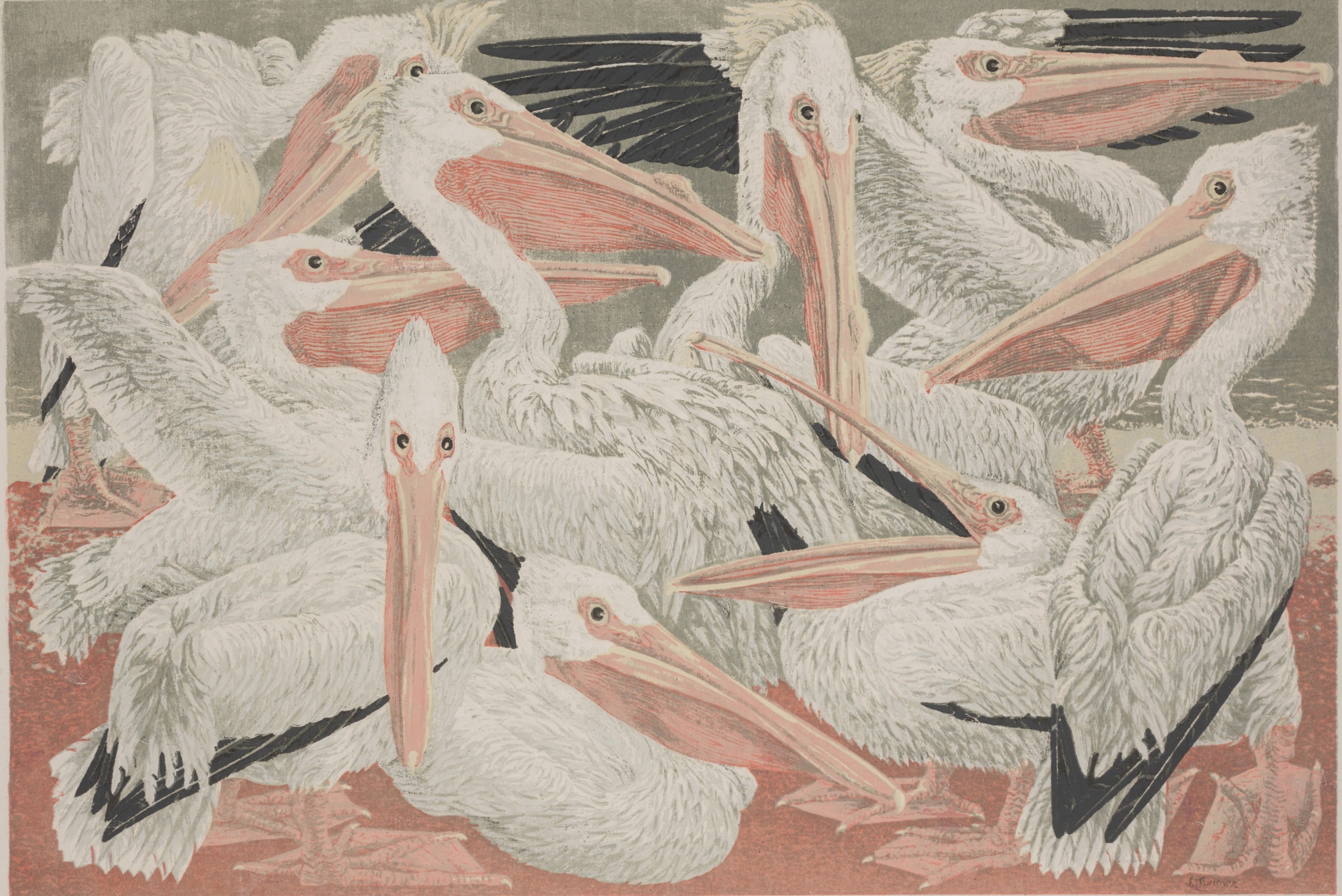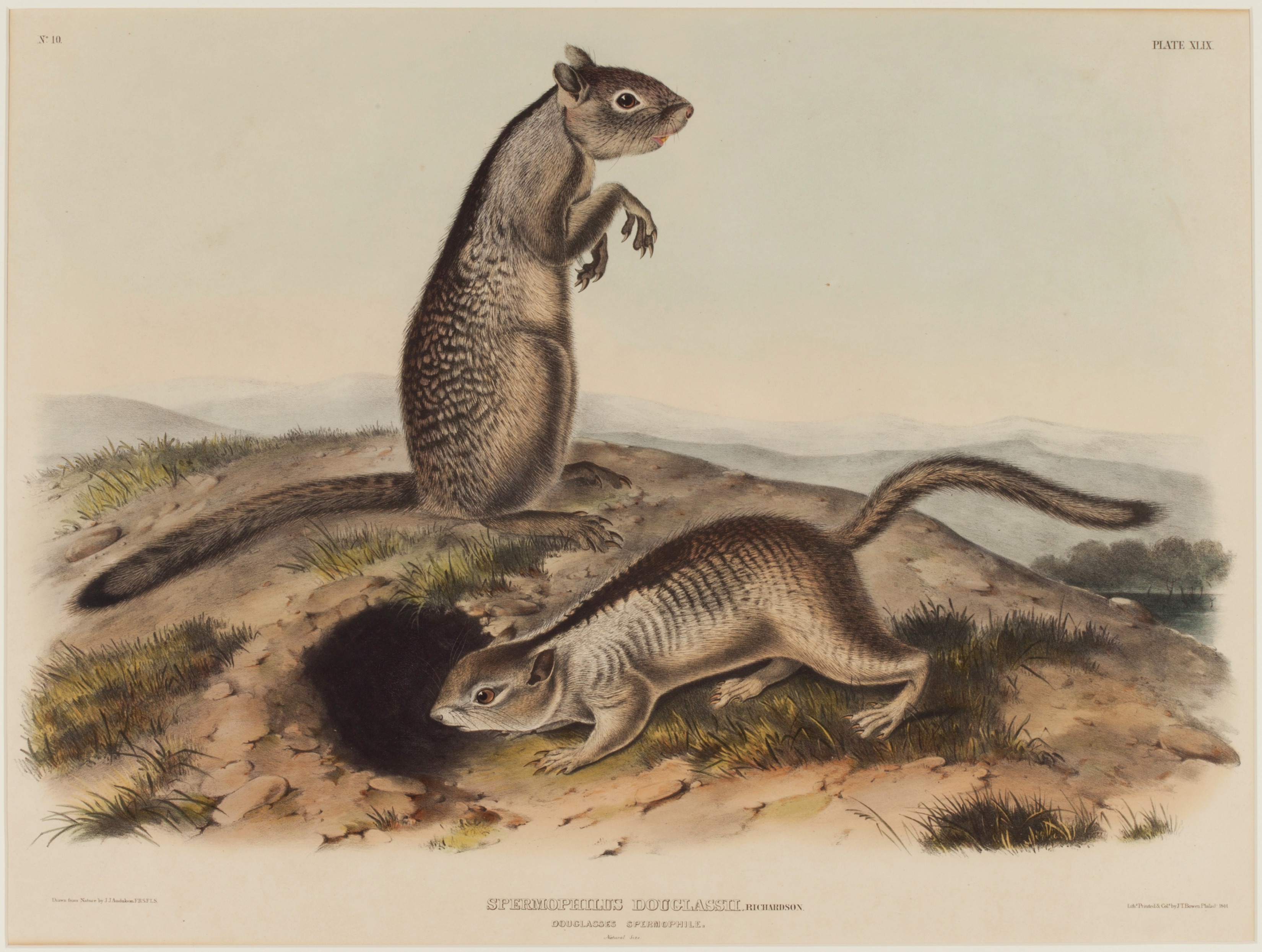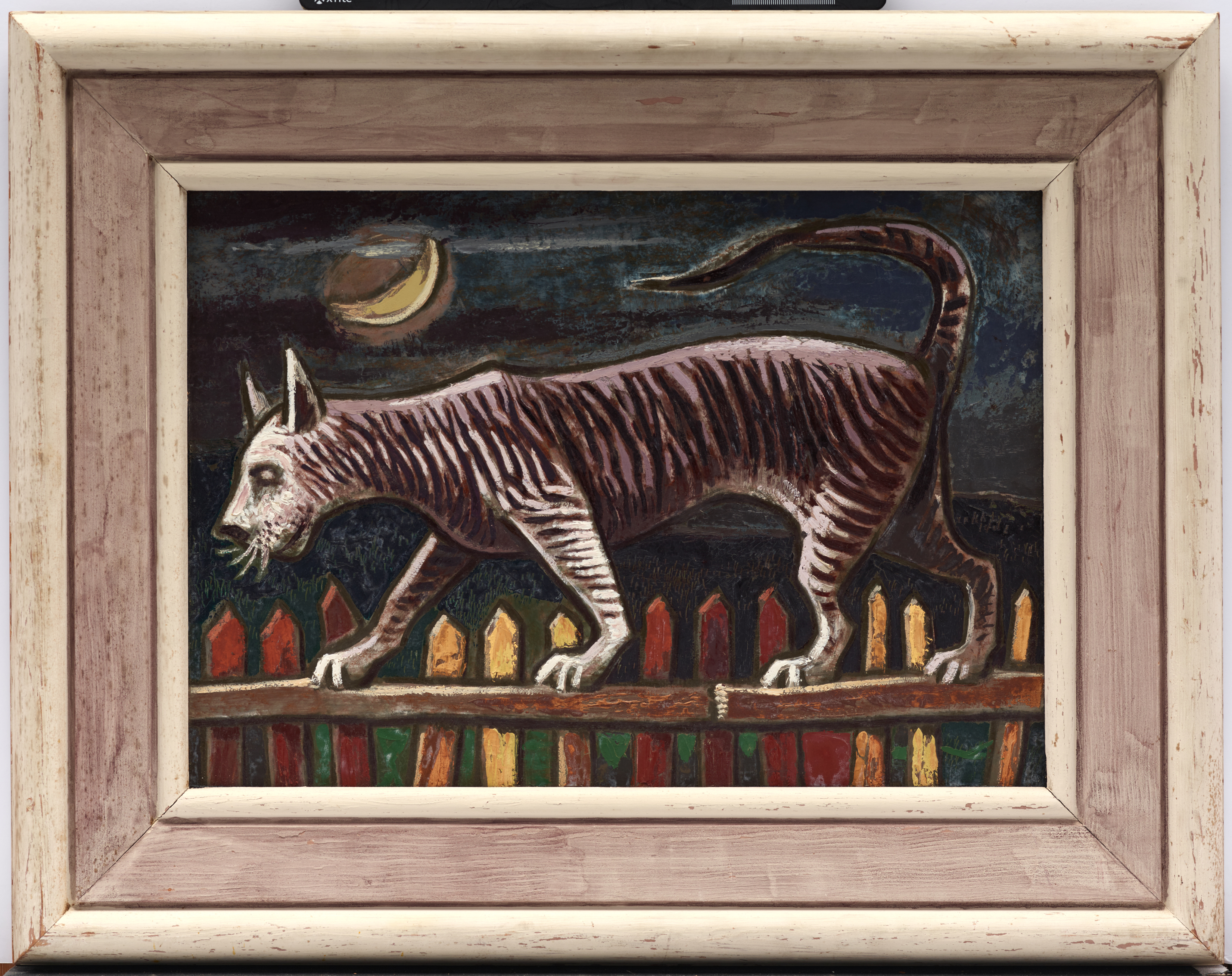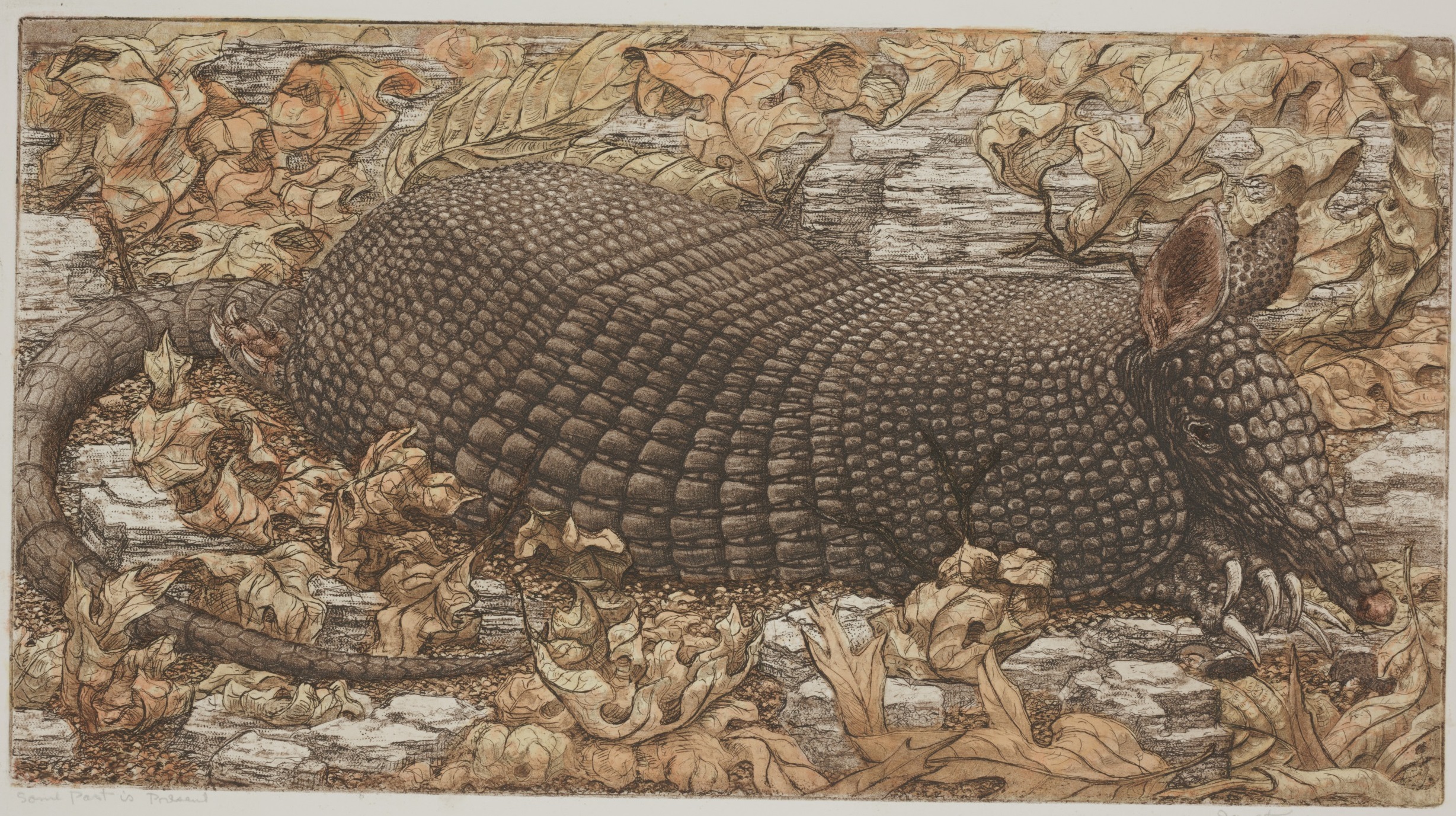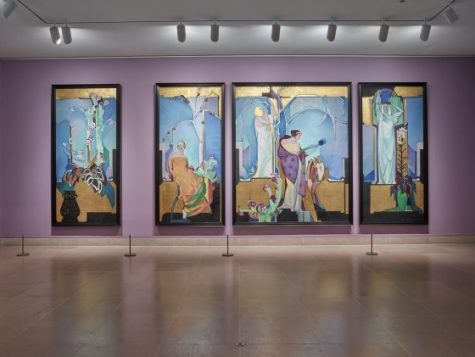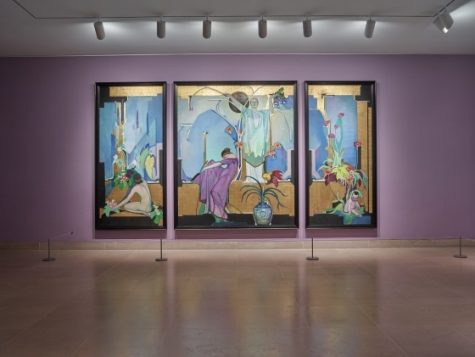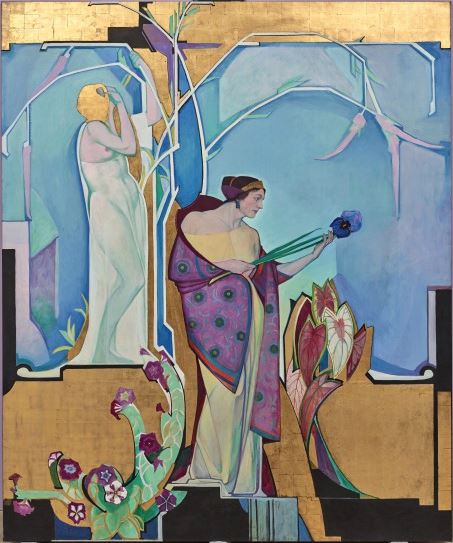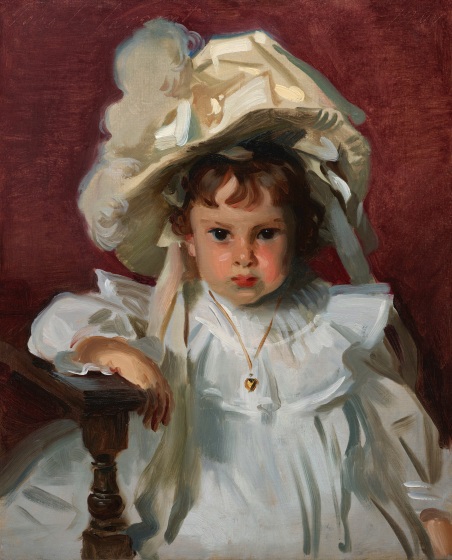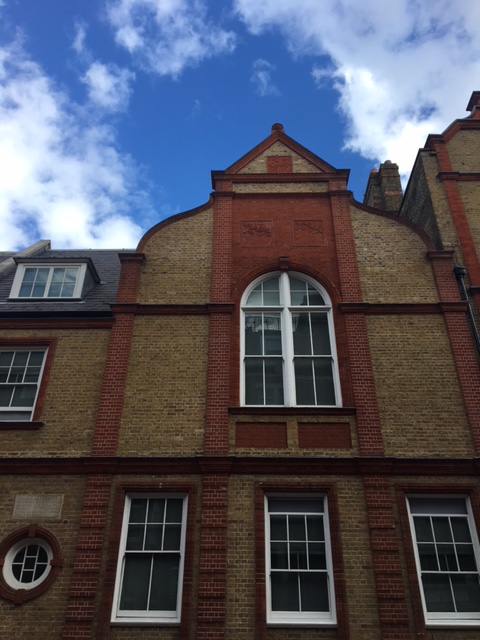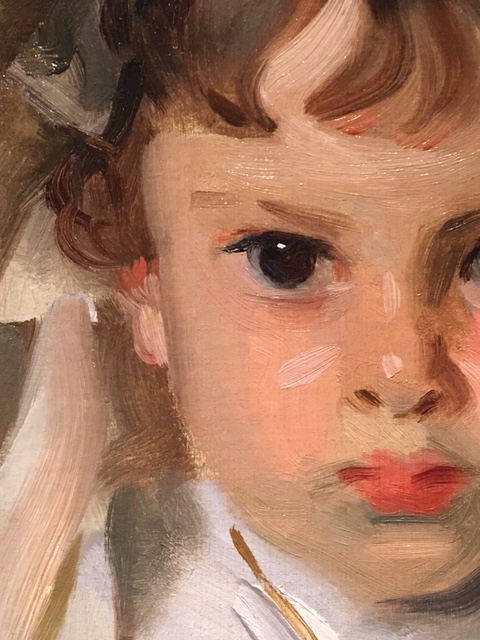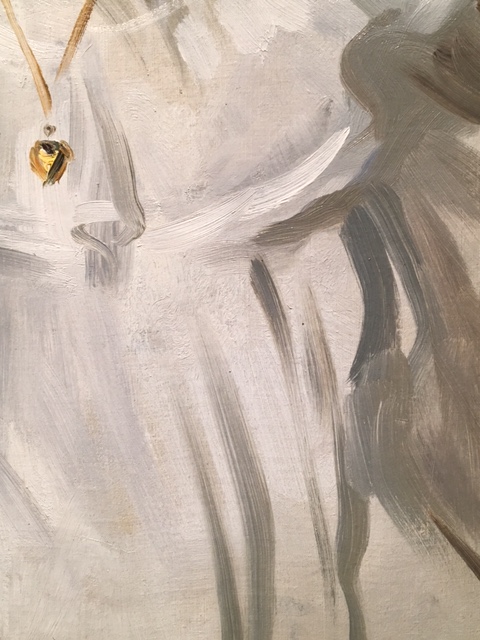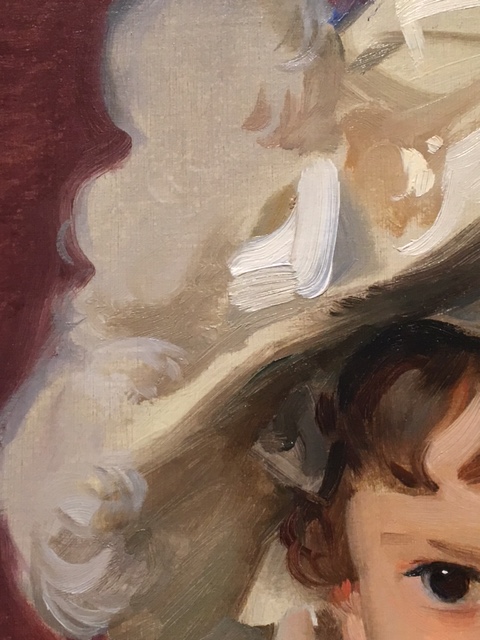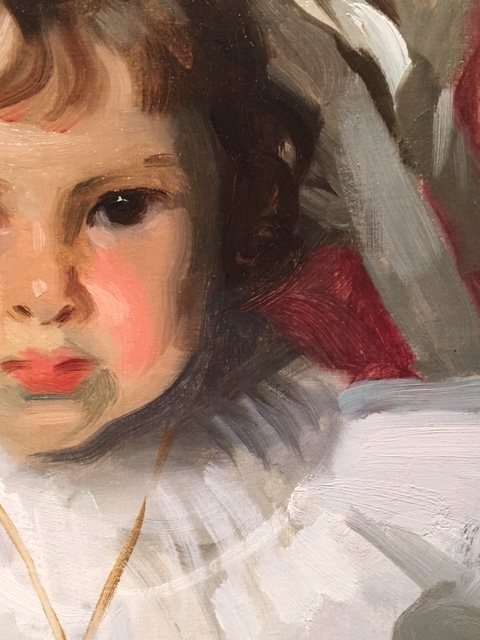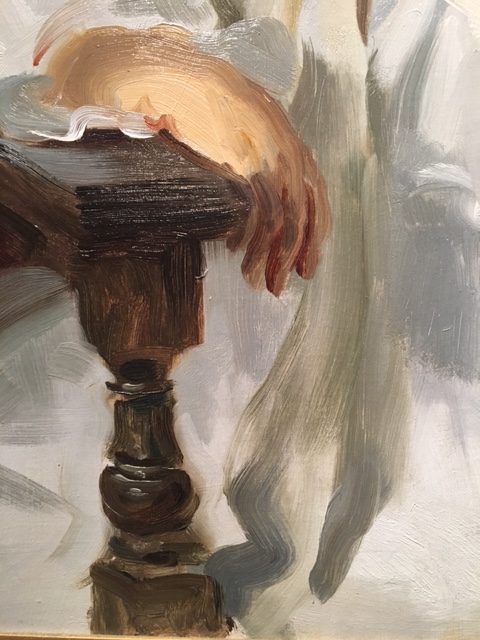Too obscure to be acquired by major museums during the artist’s lifetime, Ida O’Keeffe’s artworks ended up in some interesting places. Sue Canterbury—curator of Ida O’Keeffe: Escaping Georgia’s Shadow and The Pauline Gill Sullivan Associate Curator of American Art at the Dallas Museum of Art—spent more than four years tracking down information about Ida, Georgia O’Keeffe’s younger sister. She gleaned information from archives across the country and from passing mentions in Georgia’s biographies, but along the way big and small contributions from strangers provided key pieces to the puzzle.
Michael Stipe, the musician best known as the lead singer of R.E.M., approached a DMA curator at an event in New York City and said he heard the Museum was organizing an exhibition on Ida O’Keeffe. Well, he had a photograph of Ida by Alfred Stieglitz.
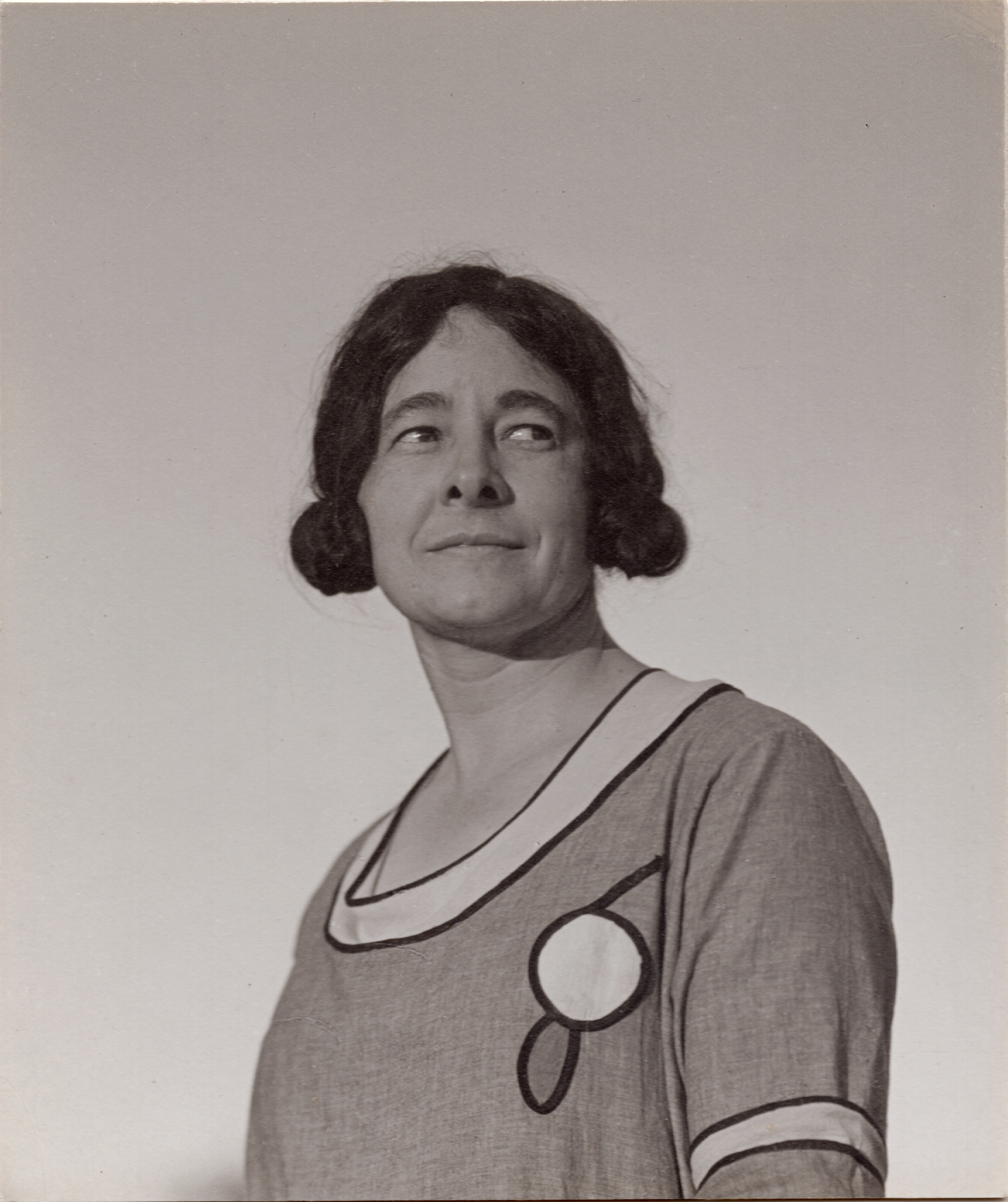
Whirl of Life (1936) is owned by a woman who lives in New Mexico, but her sister lives in the Dallas–Fort Worth area. She heard about the DMA’s plans, called her sister, and, according to Canterbury, said something along the lines of “Hey, you know that painting you have in your closet?”
The owners of Black Lilies (1945) and Portrait of a Banana Tree (c. 1942) are sisters from Whittier, California, where Ida spent the last 19 years of her life. One of the sisters took painting lessons from Ida, and the artist was a close friend of the family.
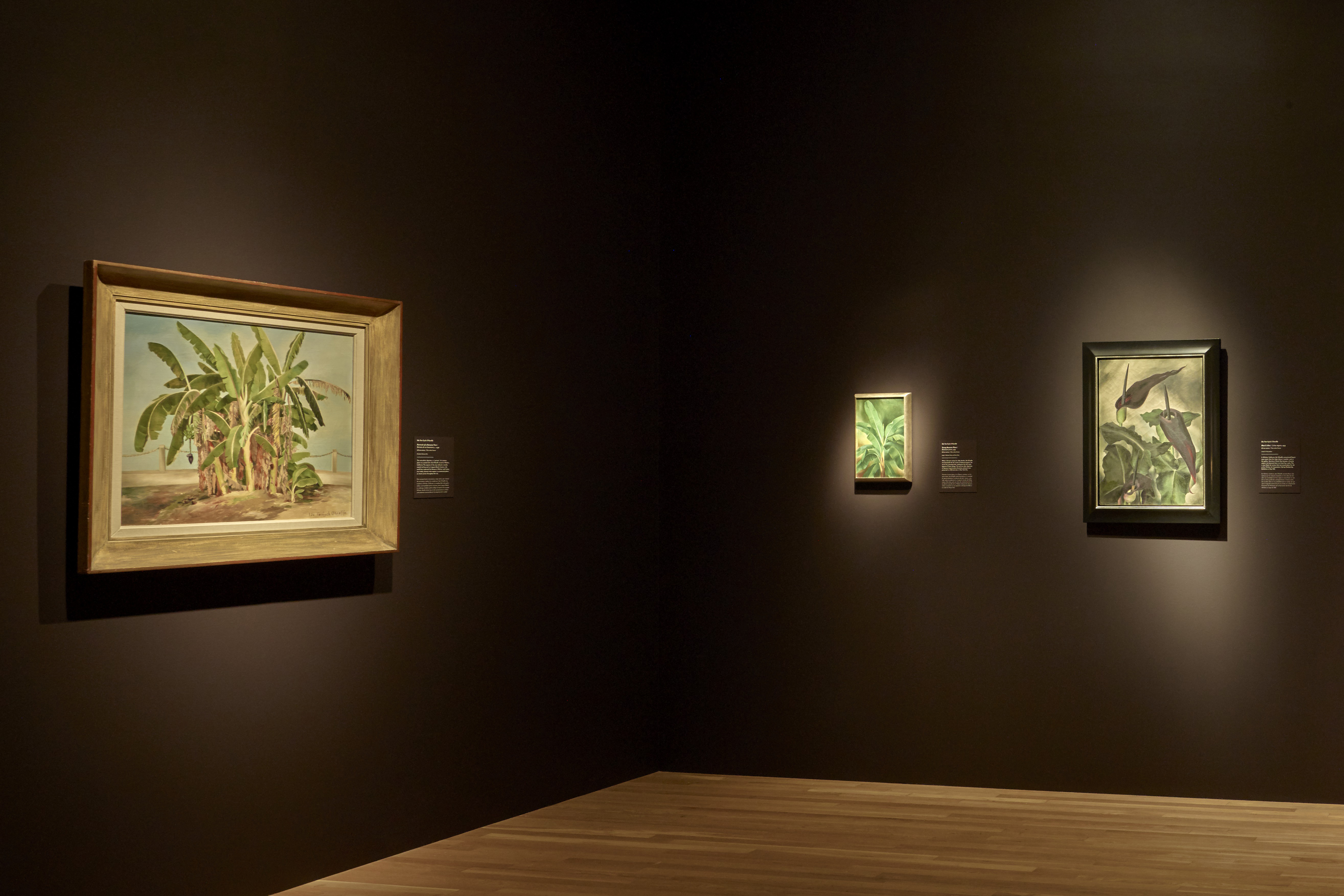
Aside from finding paintings, it was also critical to gather biographical information in order to create a timeline of the artist’s life and get a sense of her personality. There wasn’t any anecdotal evidence of what Ida was like as a teenager. Then, one day, a man messaged Sue to share that his great aunts were Ida’s classmates at Chatham Hall in Virginia, where she went to high school, and he had letters that described what a popular girl she was—a member of the basketball team, tennis team, and glee club. Canterbury had no idea where Ida was during the 1937–38 academic year, until a woman called to say her mother rented out a bedroom in New York City that year to Ida O’Keeffe.
And then there are the lighthouses . . .
In 2013 Canterbury was visiting the home of a collector in Dallas when she noticed an abstract painting of a lighthouse. She considered the work very strong but couldn’t identify the artist. She asked the collector, who replied, “Ida O’Keeffe,” and Canterbury was stunned. Thus began the five-year quest to collect information on an ignored O’Keeffe sister with the hope of mounting the museum exhibition that Ida never got in her lifetime.
Based on documents, Canterbury knew that Ida had completed seven paintings of the Highland Lighthouse in Massachusetts. By 2016 she had located five. The two missing lighthouses she only knew from descriptions: one, a realistic depiction, was the first one Ida executed, and the other was an abstracted depiction in red. Out of the blue, she got a call from celebrity jewelry designer Neil Lane. He had the red lighthouse painting, which he had purchased at a flea market in Los Angeles around 25 years ago.
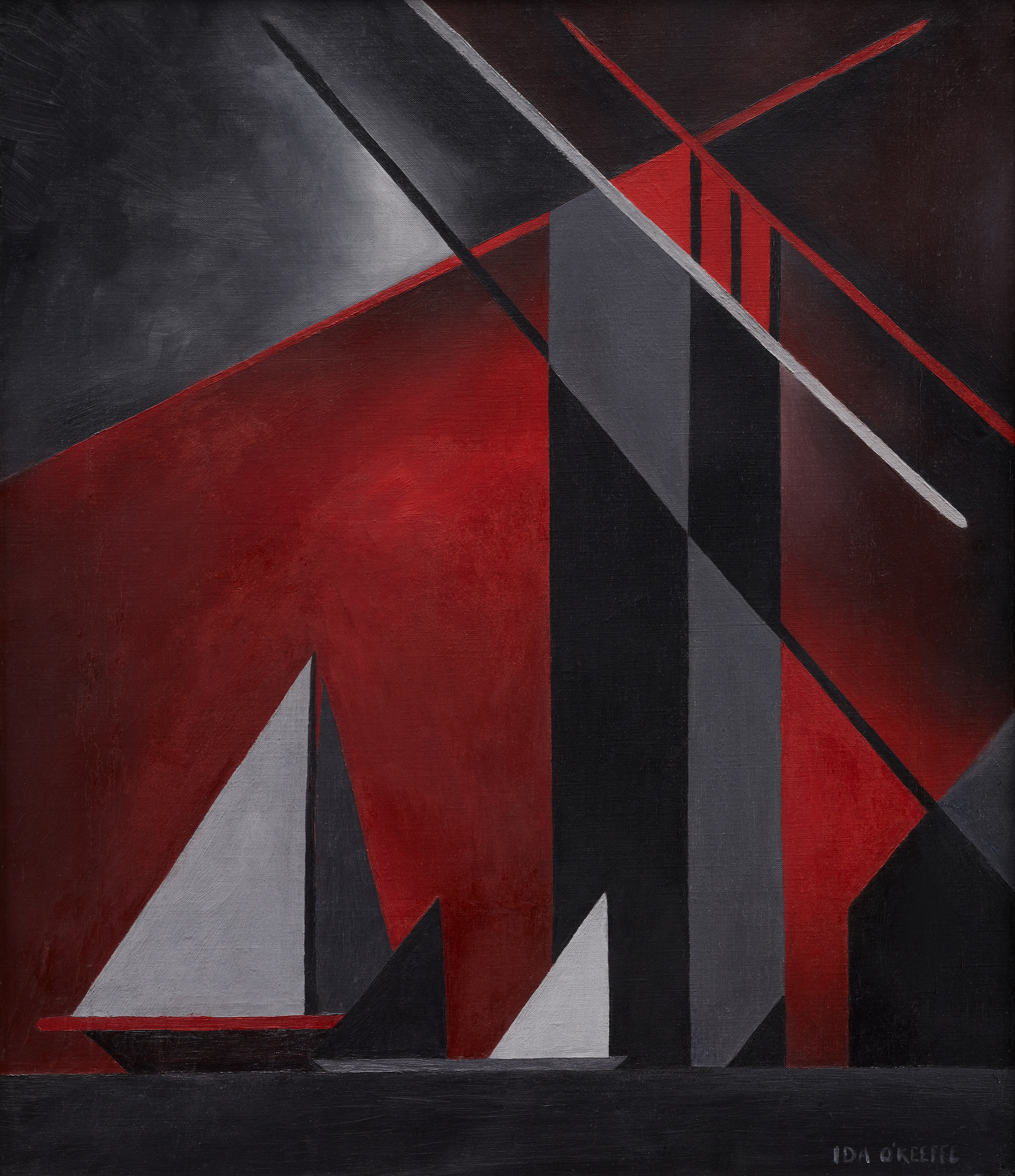
Even though the exhibition has opened, new information is still trickling in. Canterbury expected that would happen and she encourages people to reach out, especially if they own an excellent painting of a certain Cape Cod lighthouse.
See Ida O’Keeffe: Escaping Georgia’s Shadow at the DMA through February 24, 2019.
Lillian Michel is the Communications and Marketing Coordinator at the DMA.
